Wind turbines are slowly becoming a more important part of the energy industry. They are being designed and deployed in more countries in different ways. Some will say the more significant in size, the better, but it’s not always the case.
The Shine Turbine may be small, but it is good enough to power your mobile devices. It is the best way to juice up your small gadgets like smartphones, tablets, cameras, or lights. You can bring it anywhere, especially when you plan on having outdoor adventures.
Designers: Cat Adalay and Rachel Carr
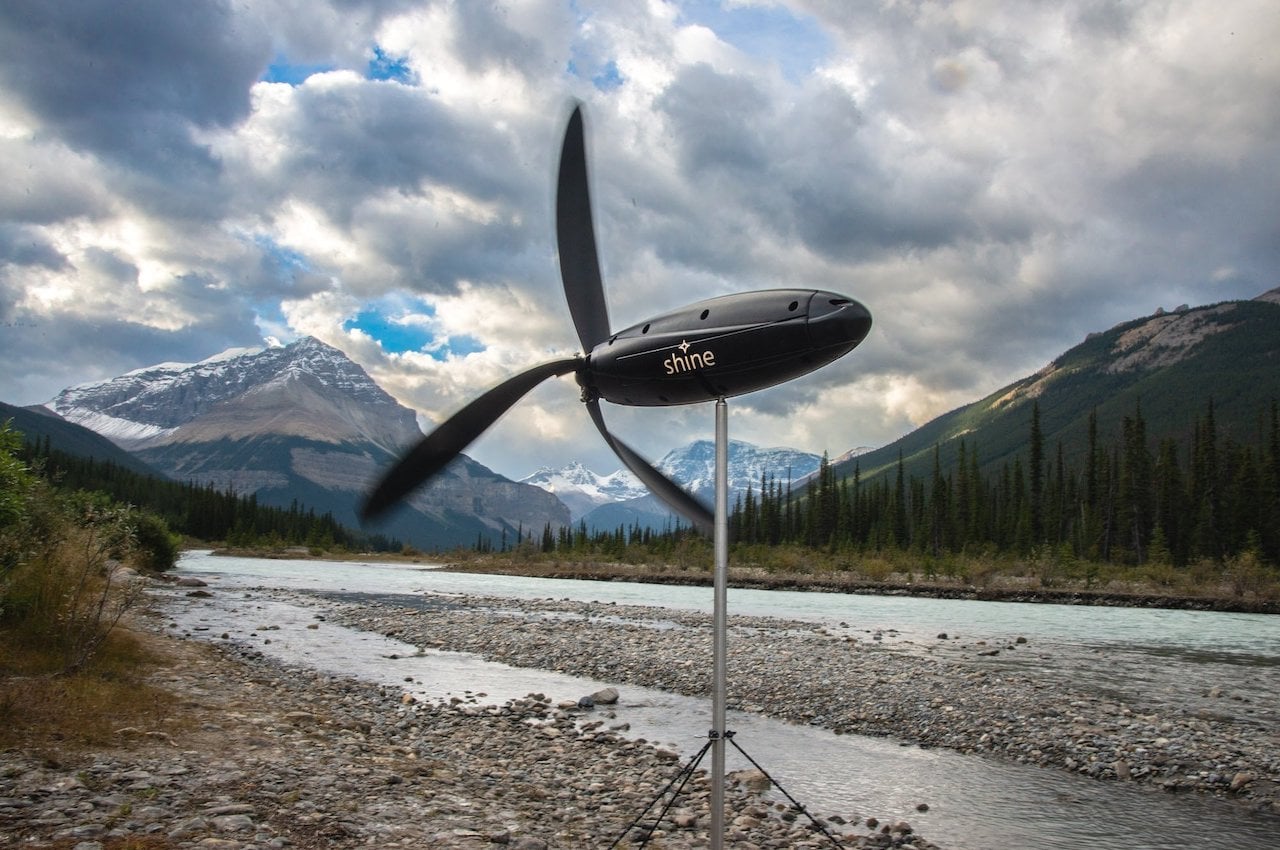
Aurea is a company based in Canada headed by two ladies: mechanical engineer Cat Adalay and designer Rachel Carr. They designed this portable wind turbine that can self-charge its internal battery, which is enough for small gadgets. However, what makes the Shine Turbine a possible bestseller is the fact that it can be fast in storing and generating electricity. Even in extreme weather conditions, it can generate energy. However, it’s small that it can collapse into an average size of a 1ML water battle.

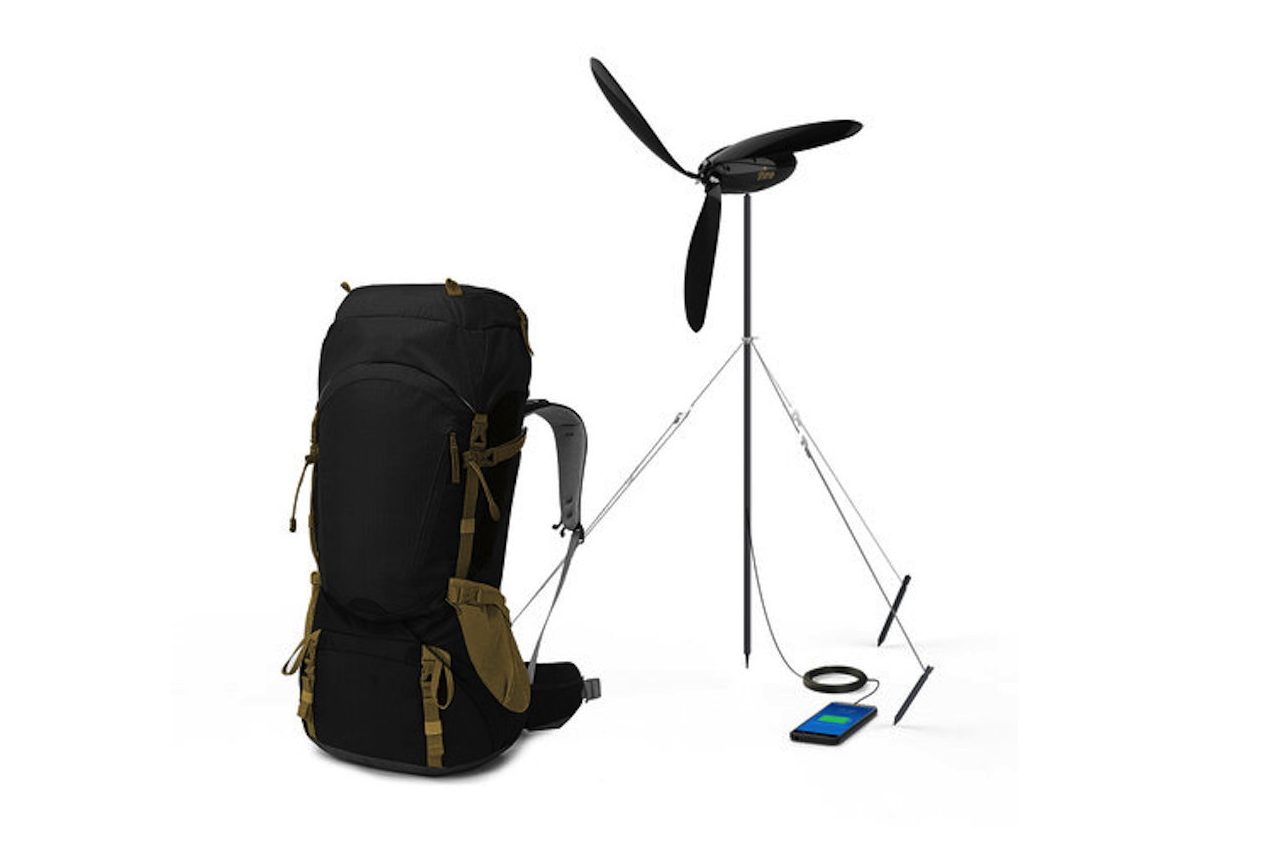
Area’s founder Adalay said it’s a “wind power that fits in your backpack”. She noted that wind is the second biggest clean energy producer, but it’s not that accessible. The Shine Turbine is designed to address several problems faced especially by outdoor enthusiasts. Adalay’s team developed a wind power product that allows everyone to produce clean energy for their own personal use.
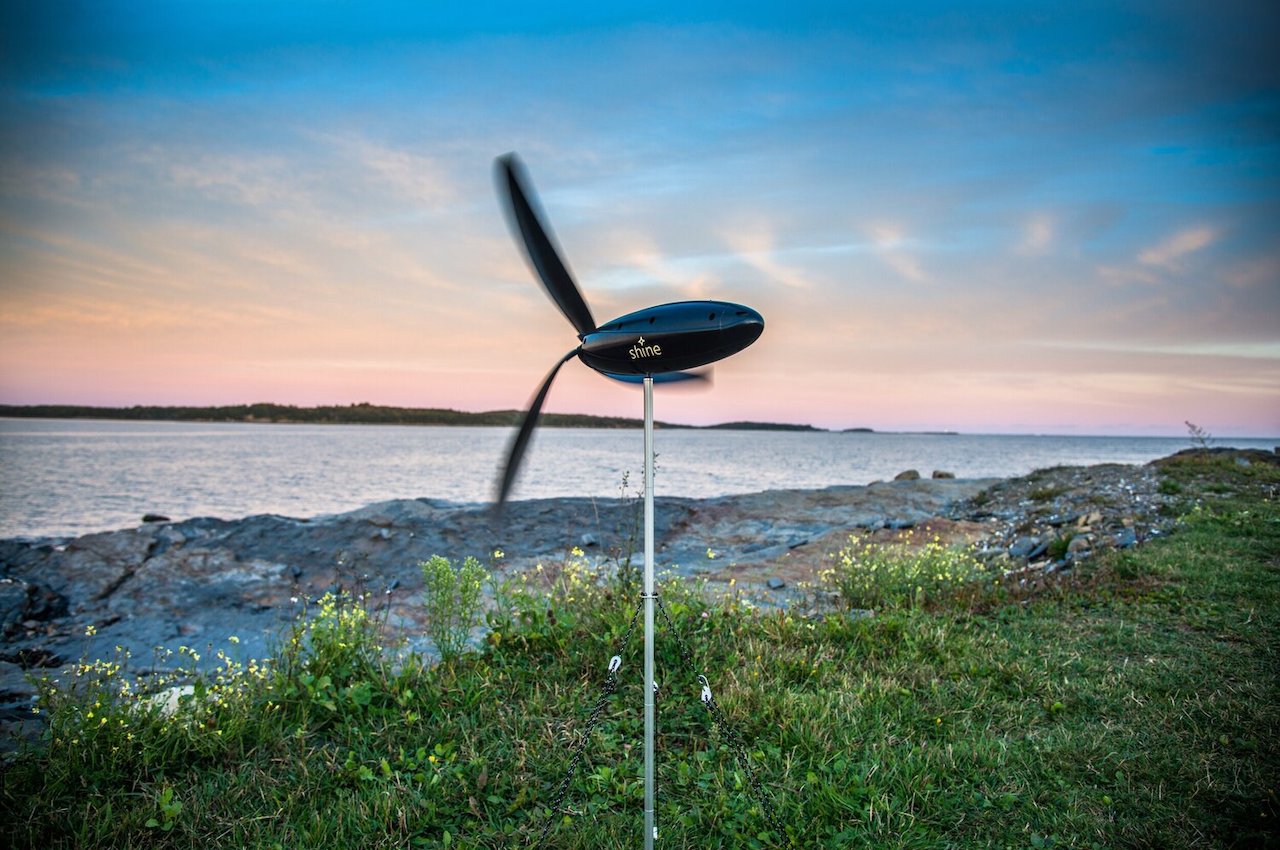
It’s a wind turbine, so it obviously needs the wind. This means it’s ideal to use, especially during windy days, whether night or day or even when raining. It is set on a tripod and features its own 5V 12,000mAh battery. The device itself is 40-watts and weighs three pounds only.
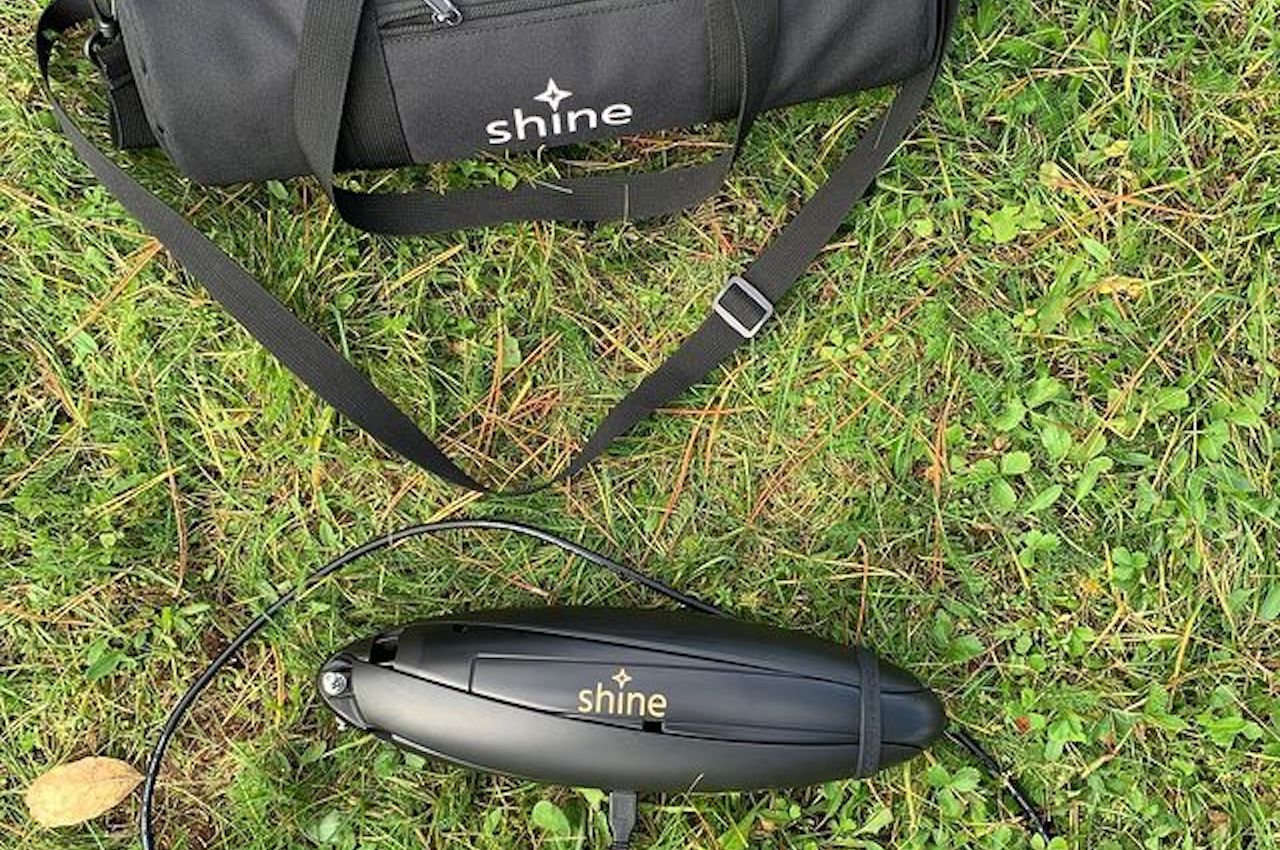
The Shine Turbine can charge most mobile devices via USB. However, we imagine it can be used more for smartphones. It can be helpful as it only needs 20 minutes to juice up a phone. The crowdfunded project has been a success, with more than $400,000 in pledges.
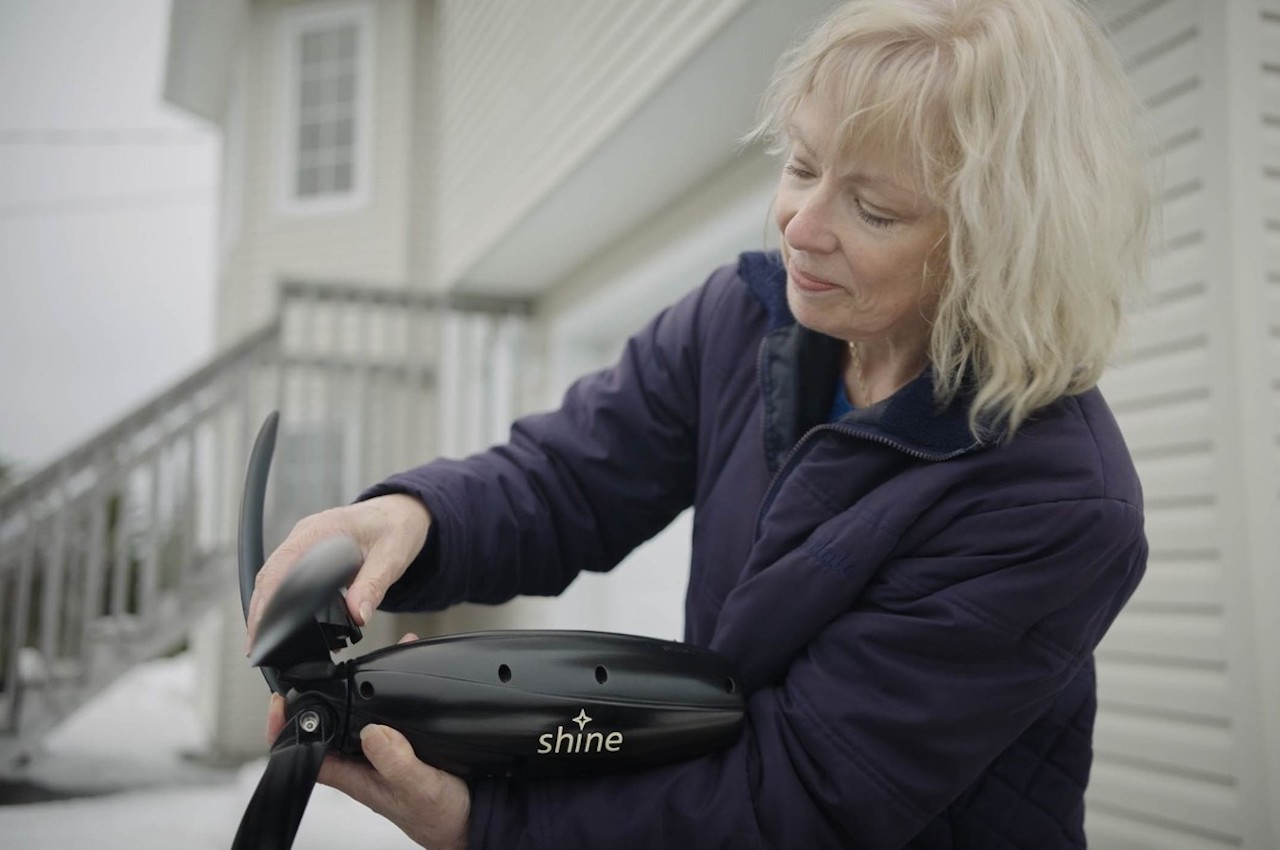
This lightweight and compact wind turbine can fit your backpack. It mainly uses wind to charge gadgets on the go. The mount and blades are collapsible and can collapse into a smaller housing. You can say it looks like a blimp —a small one that kids may think it’s a toy. But it’s not a toy, so make sure kids don’t go near one because of the blades.
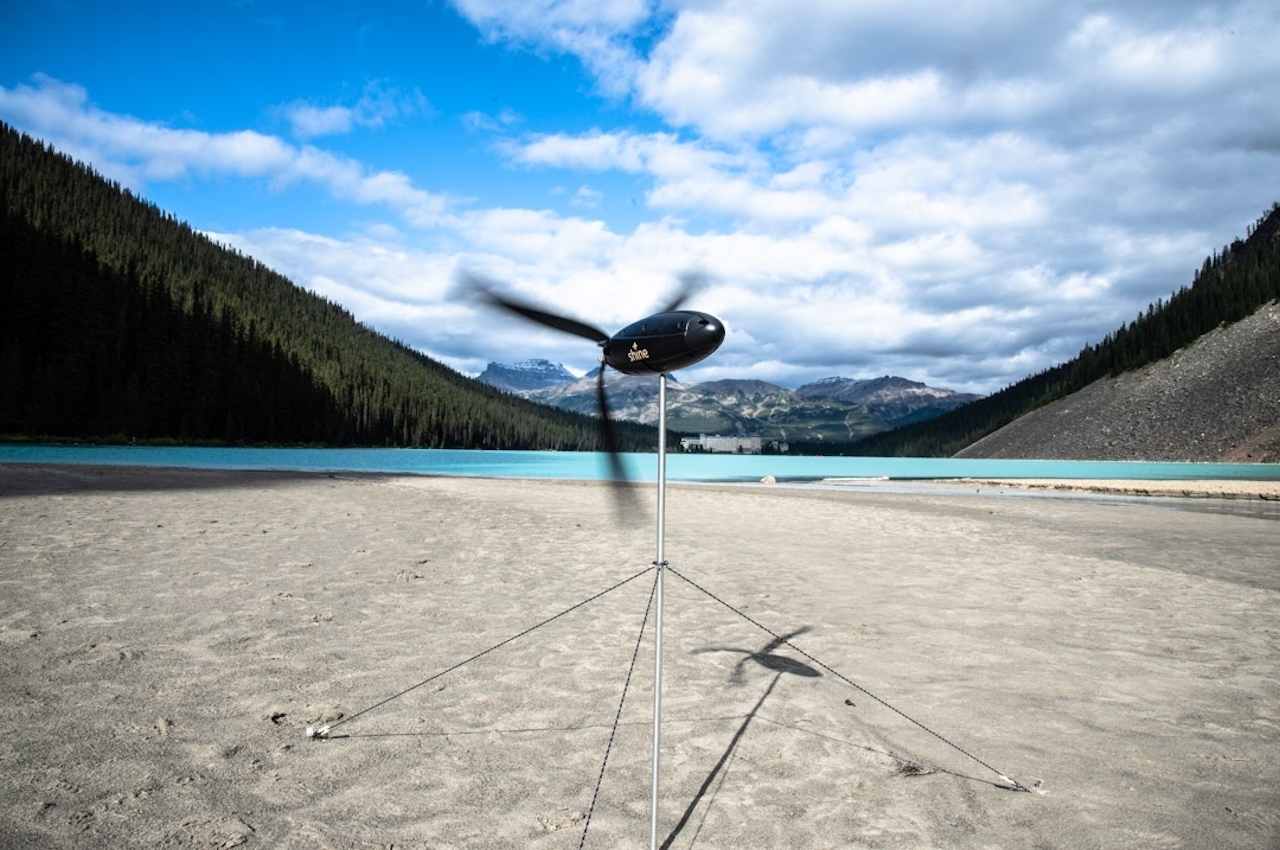
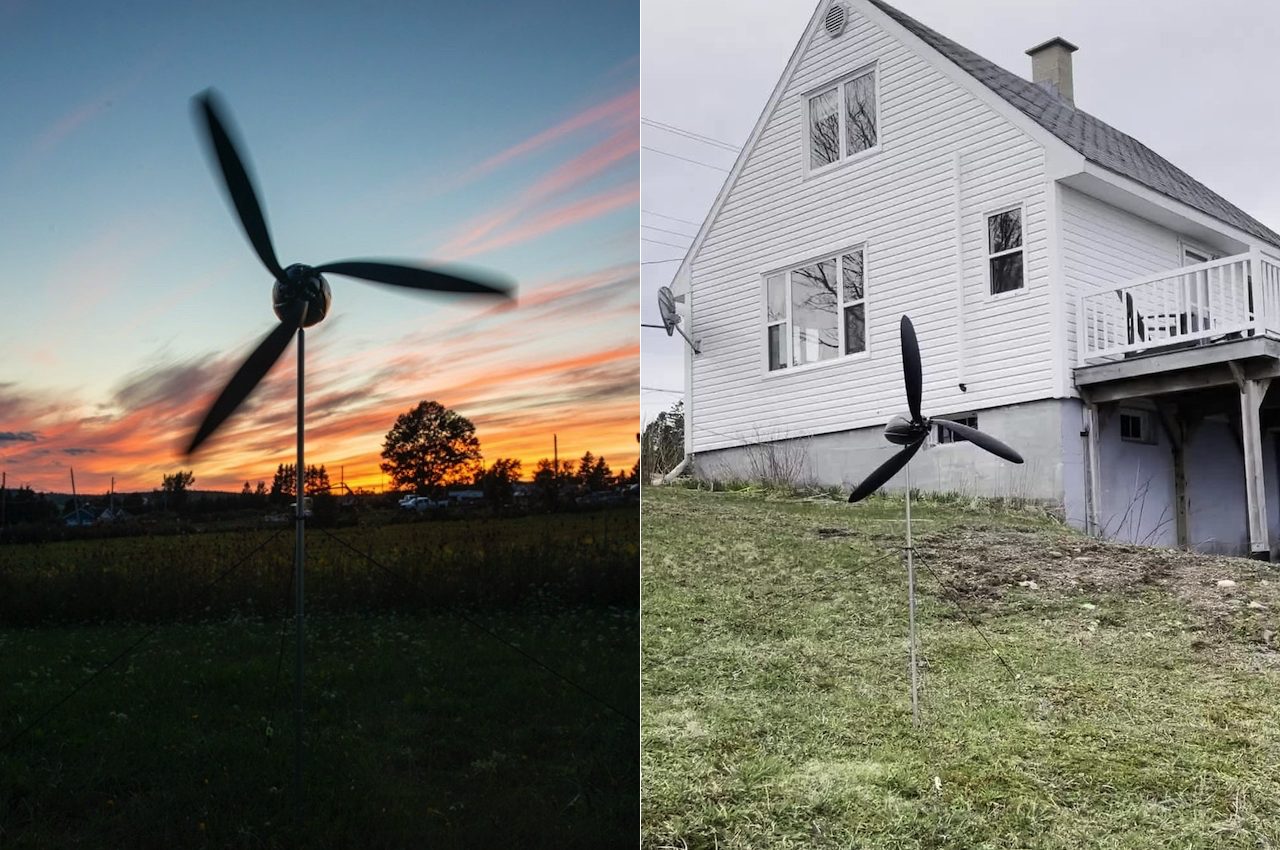

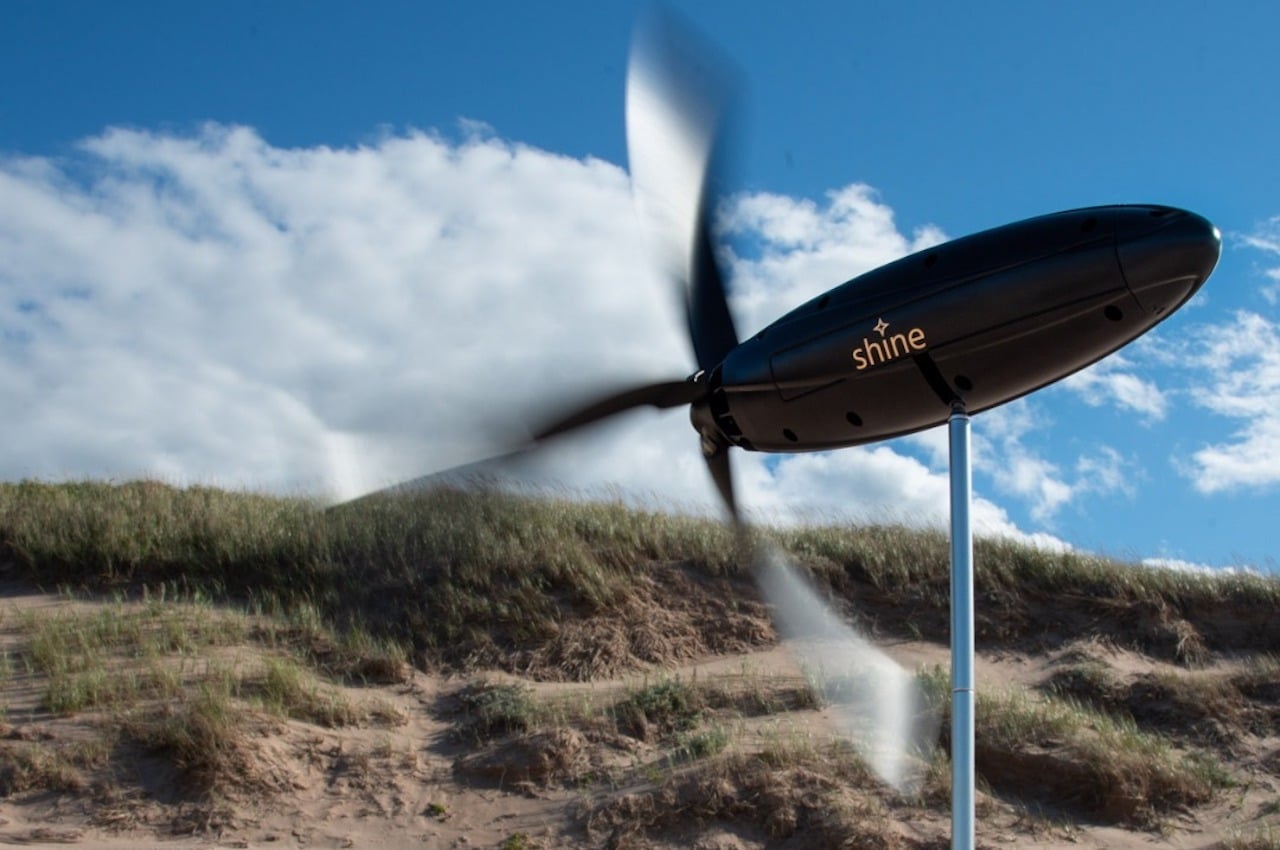
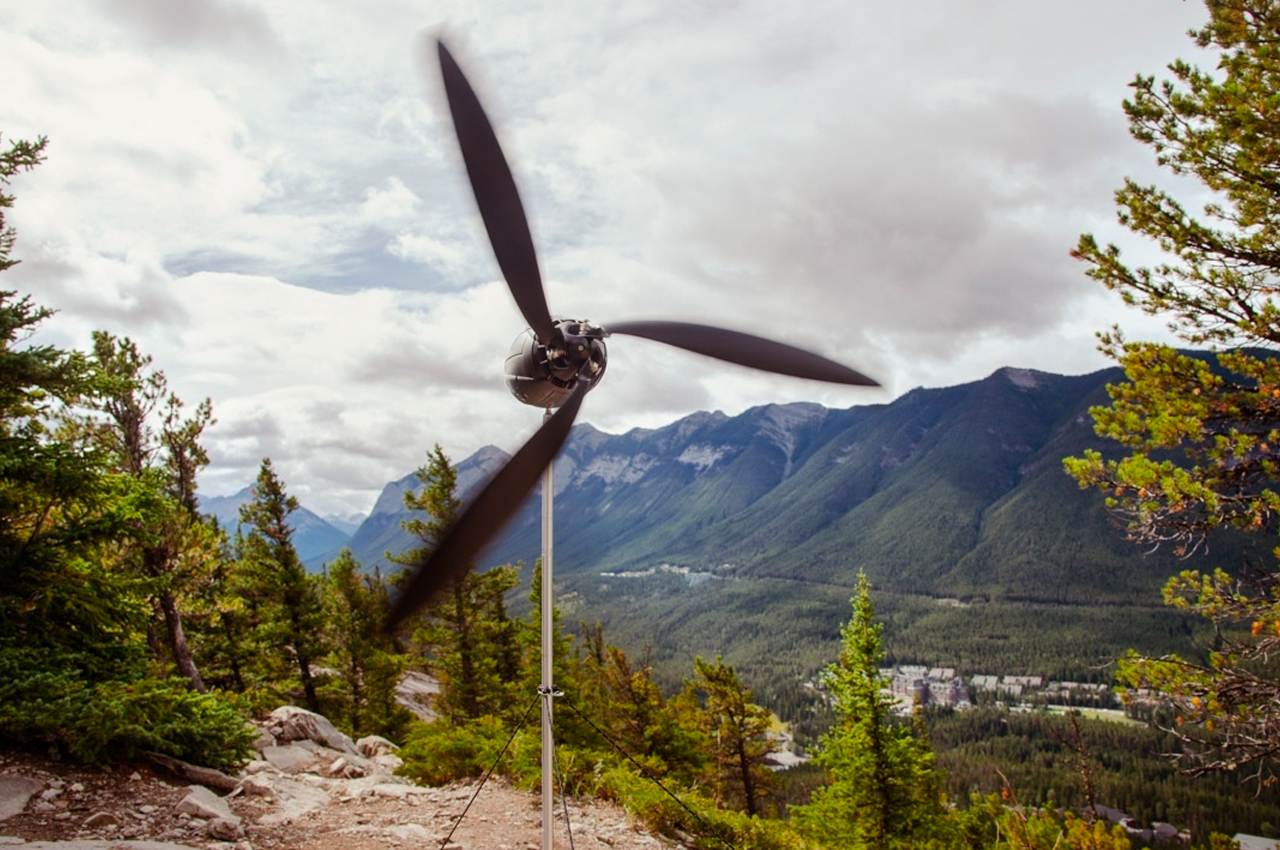
The post Shine Turbine is one compact and portable wind energy generator first appeared on Yanko Design.
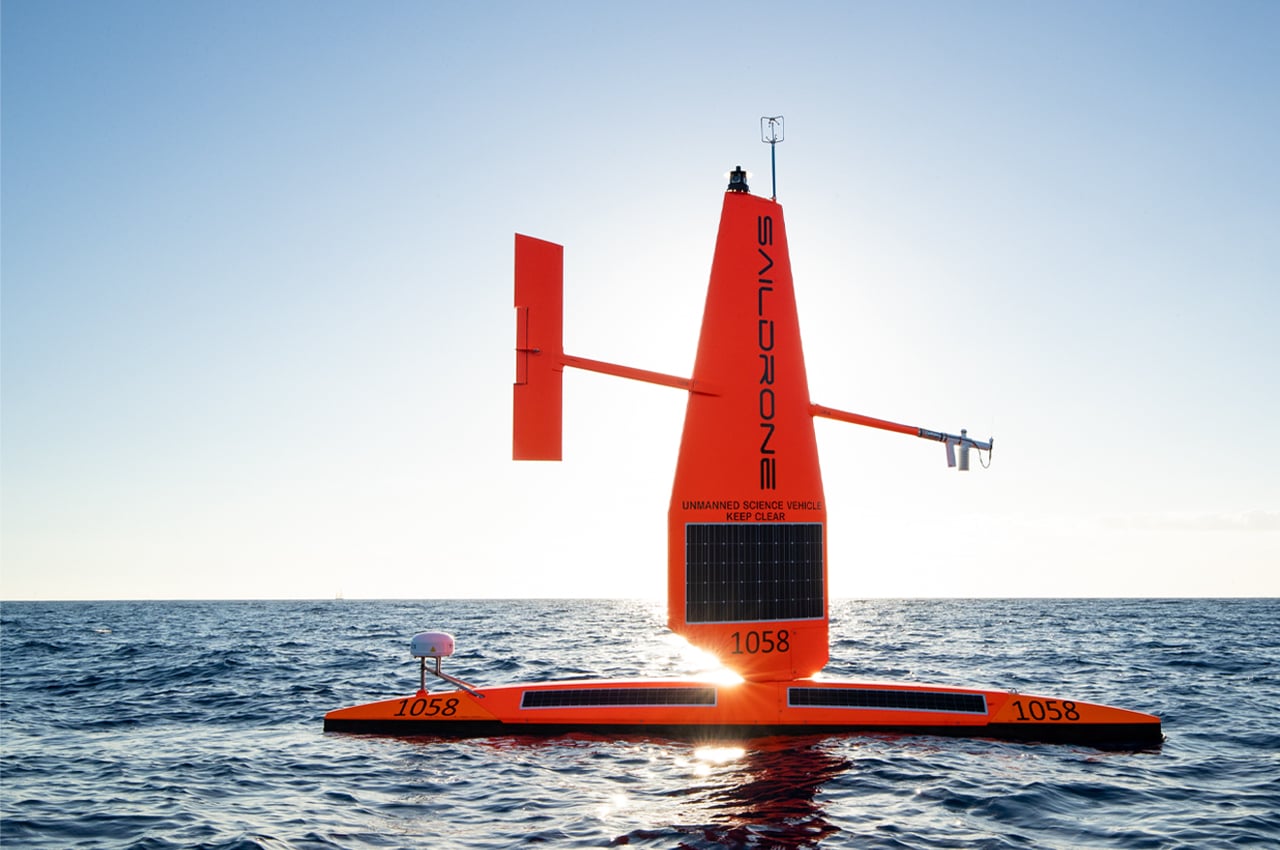
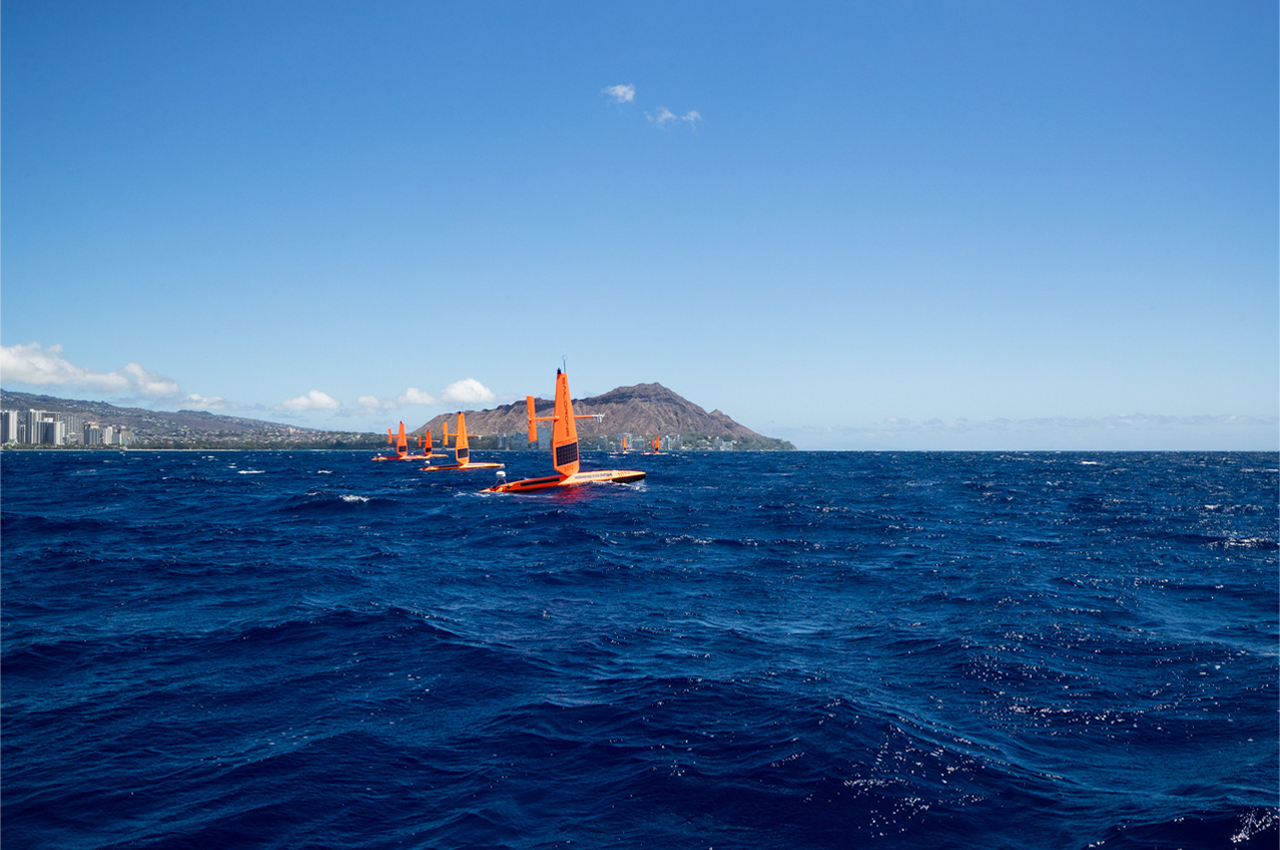
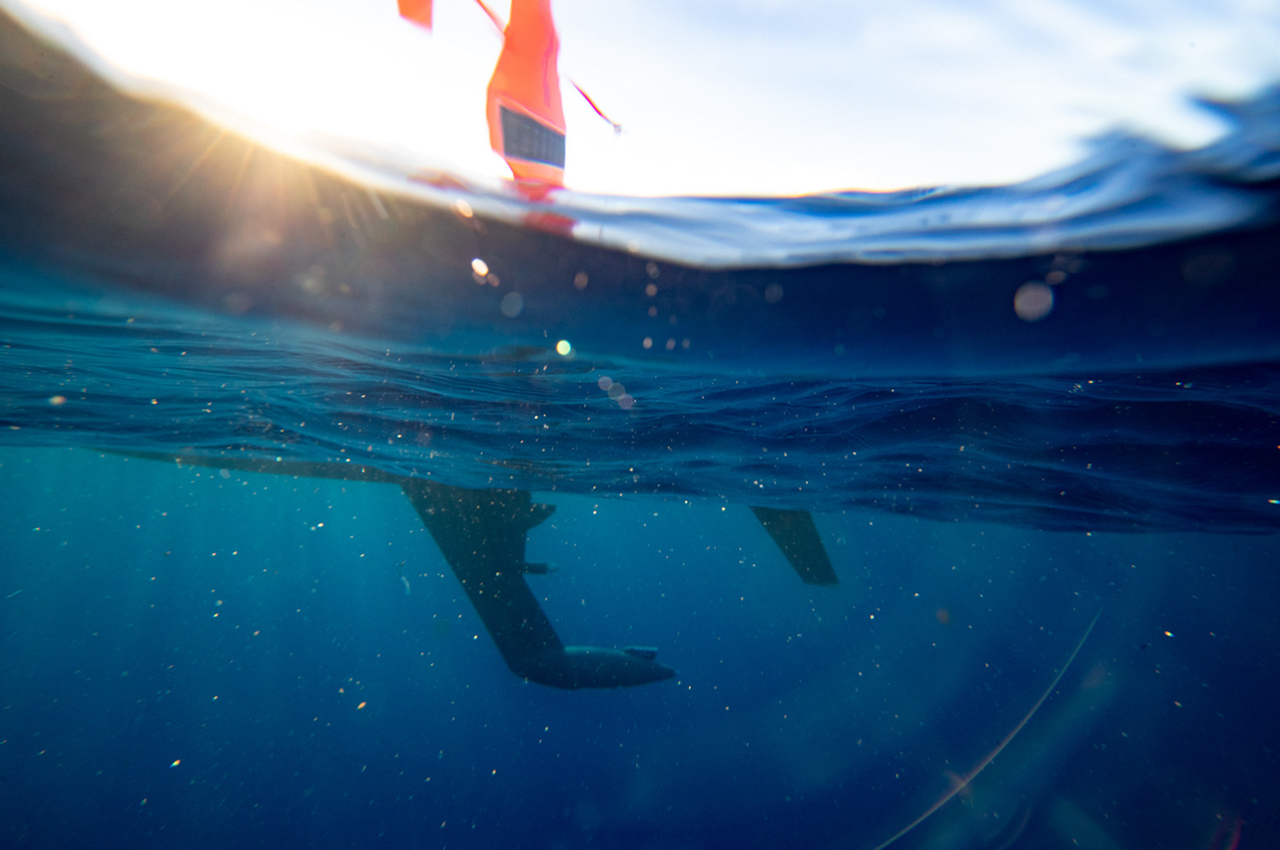
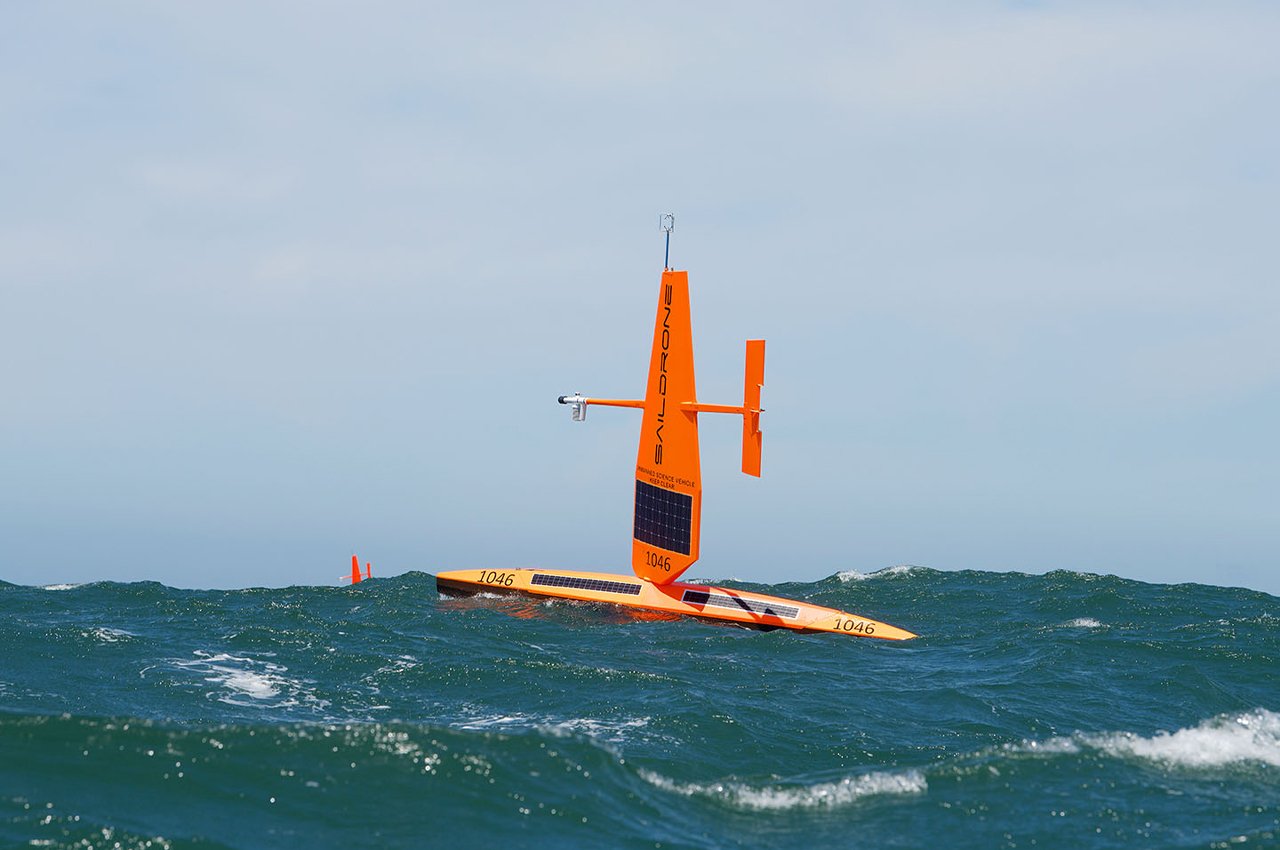
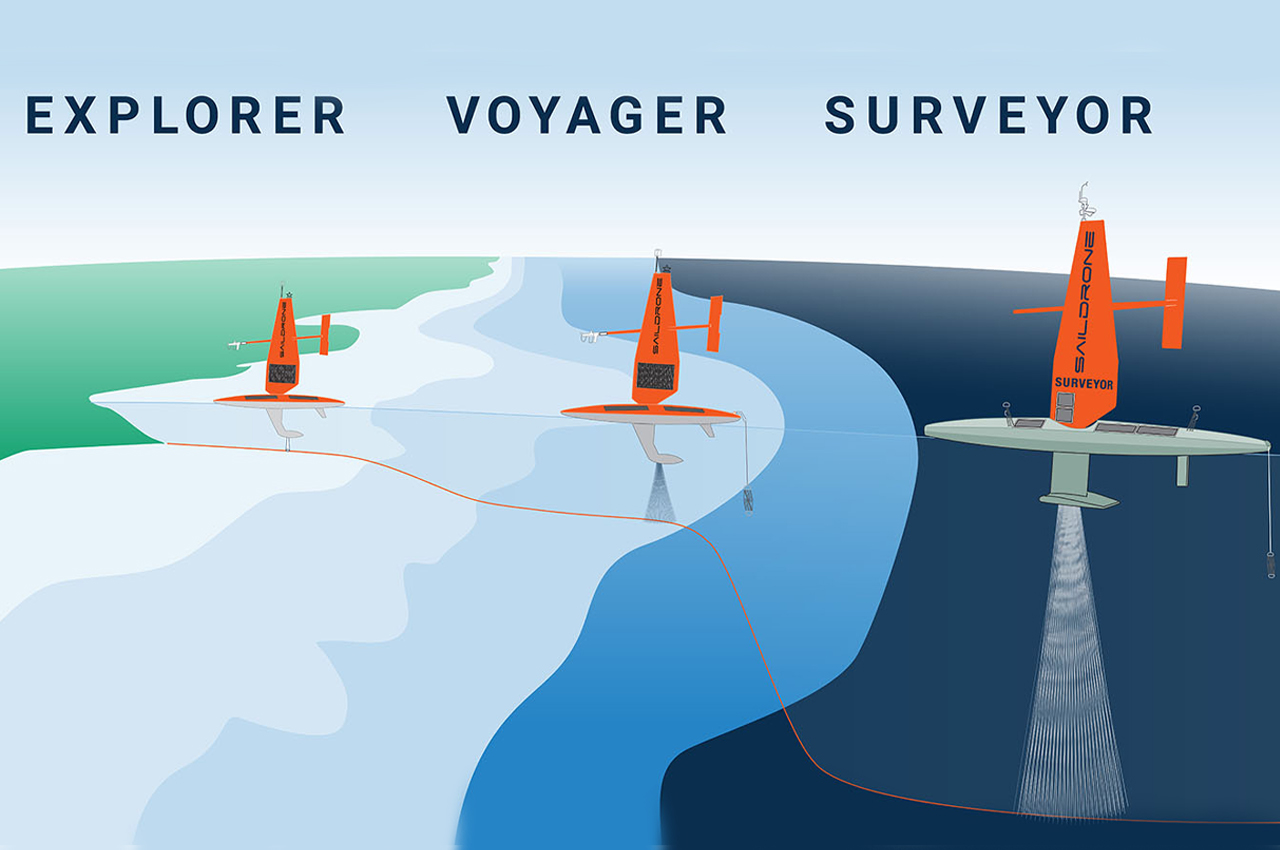
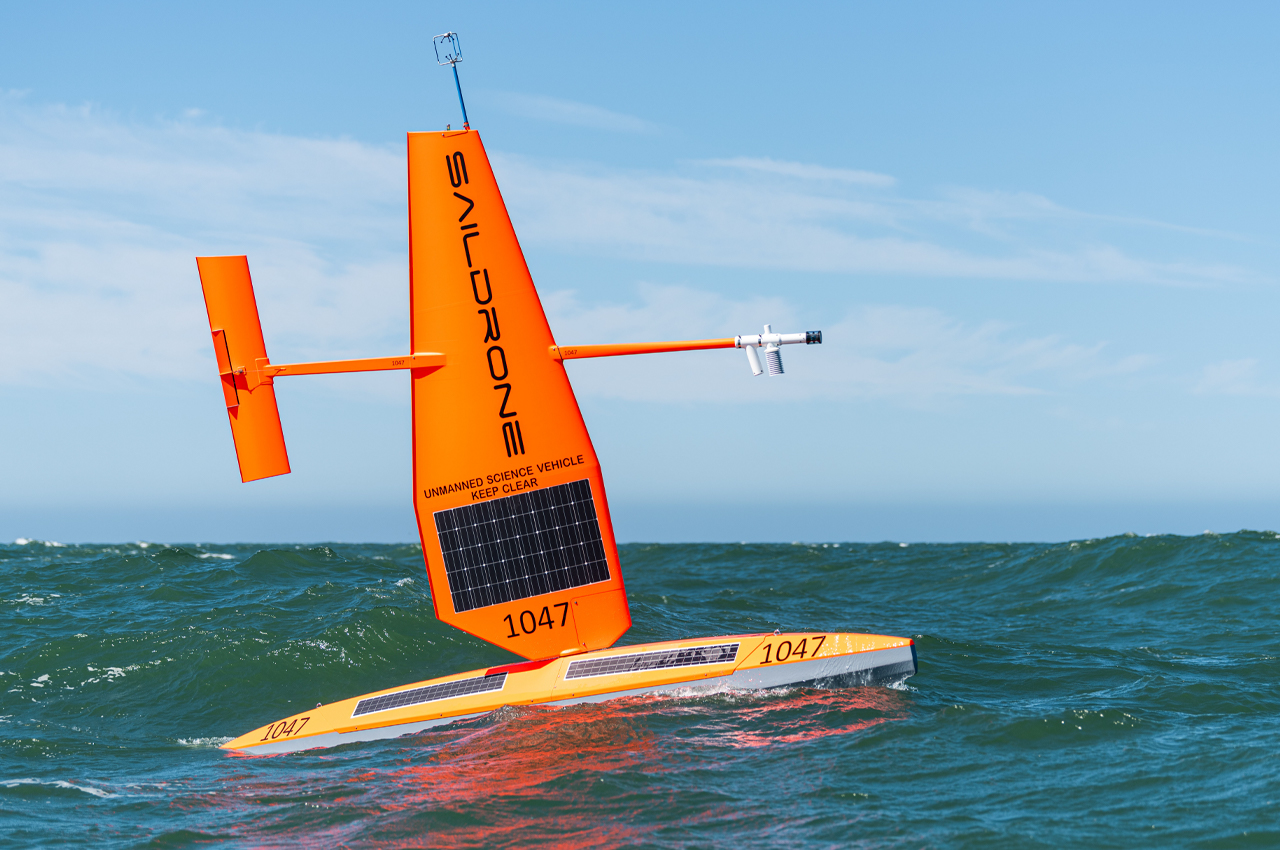
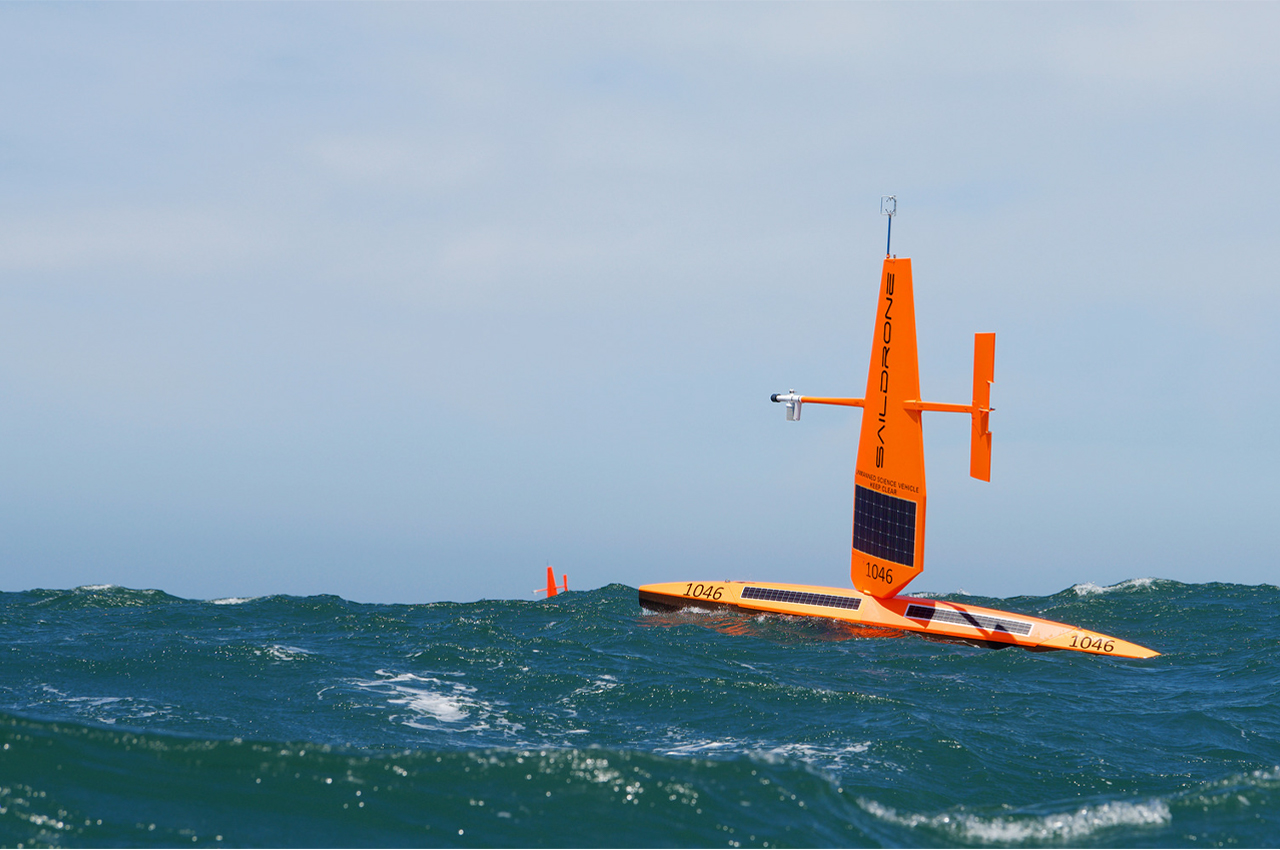
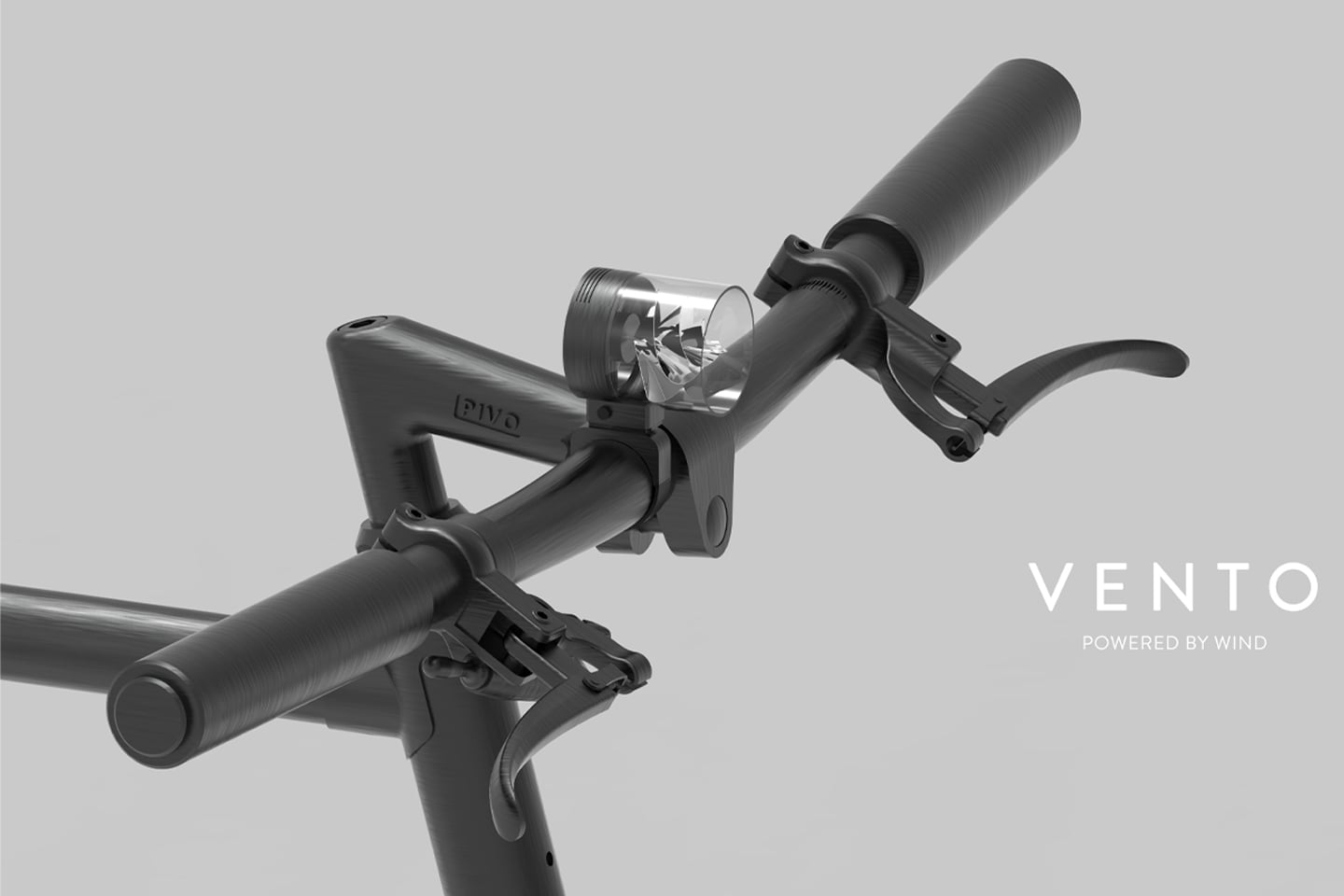
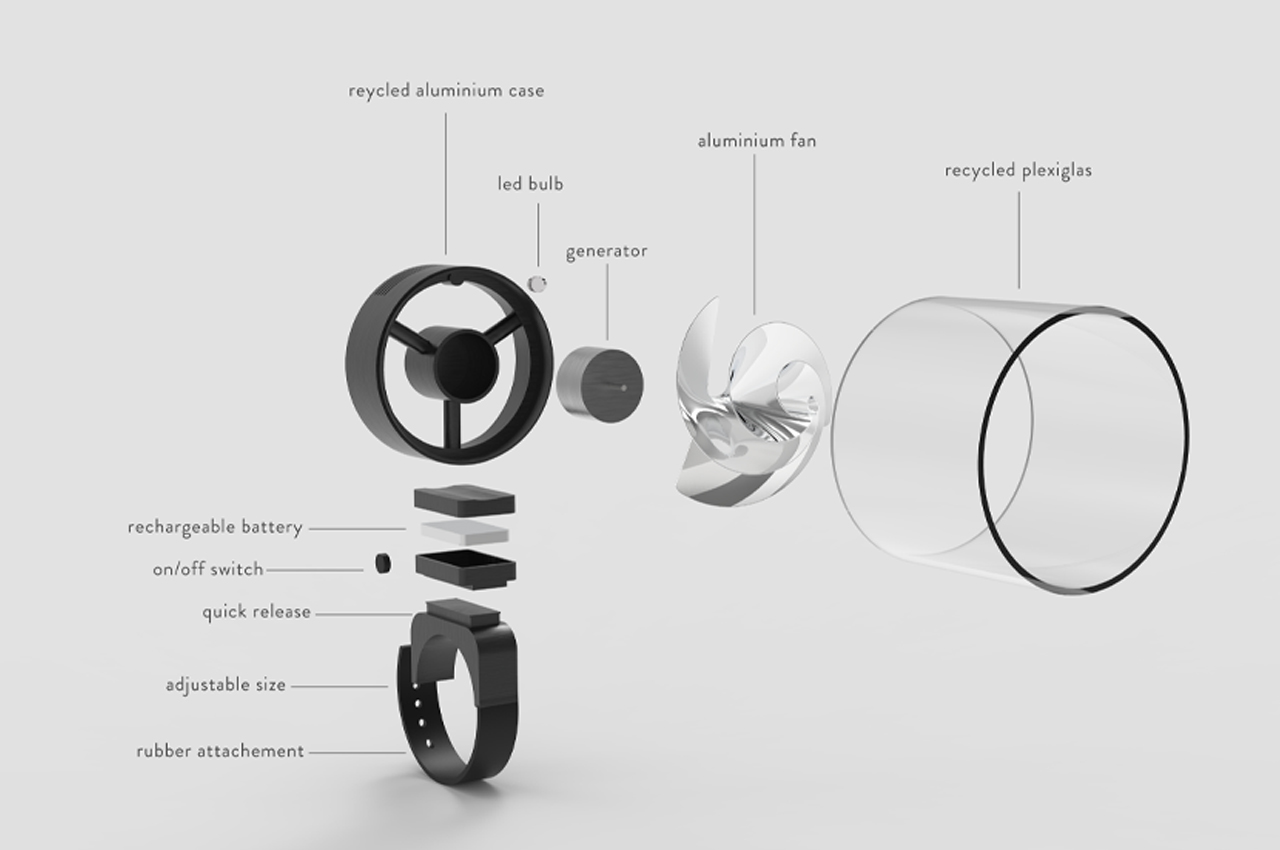
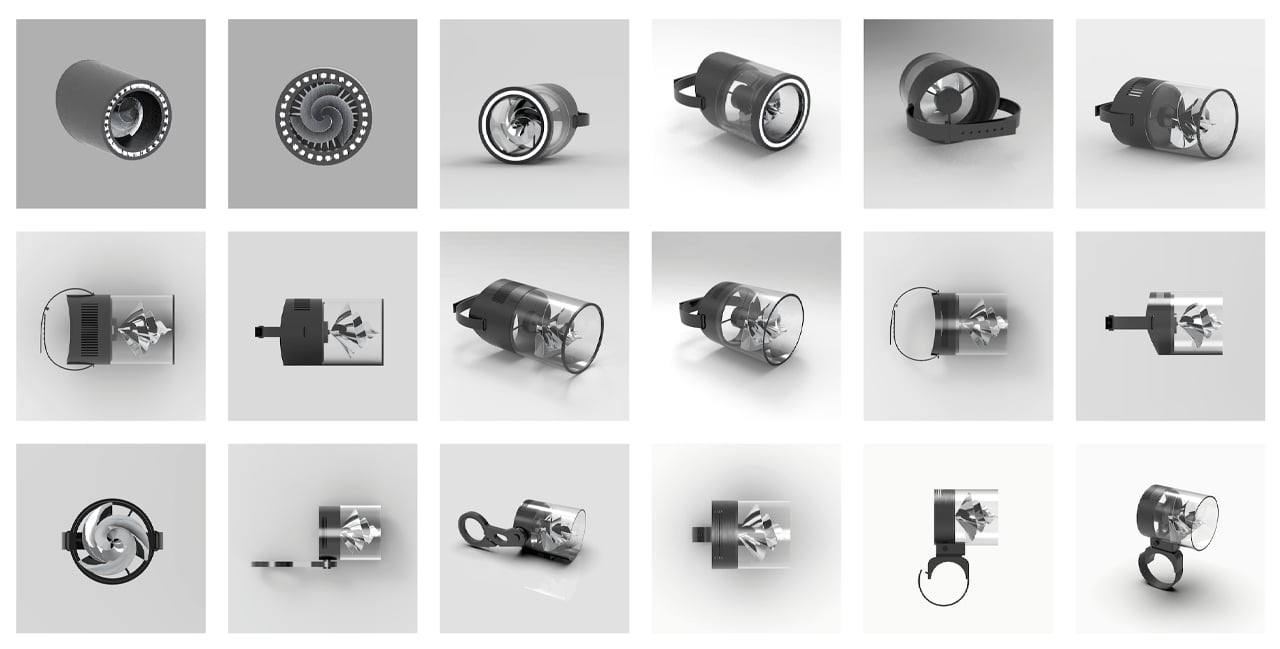
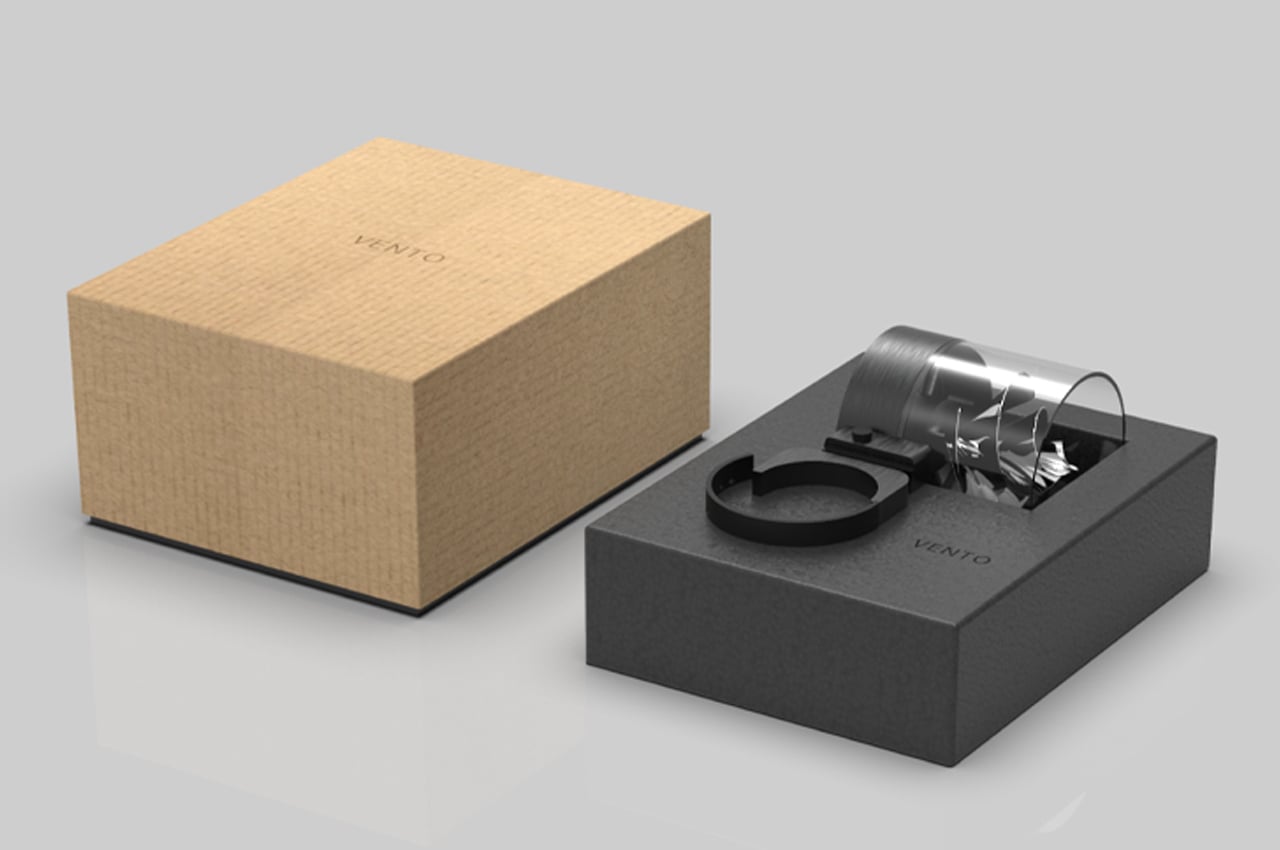
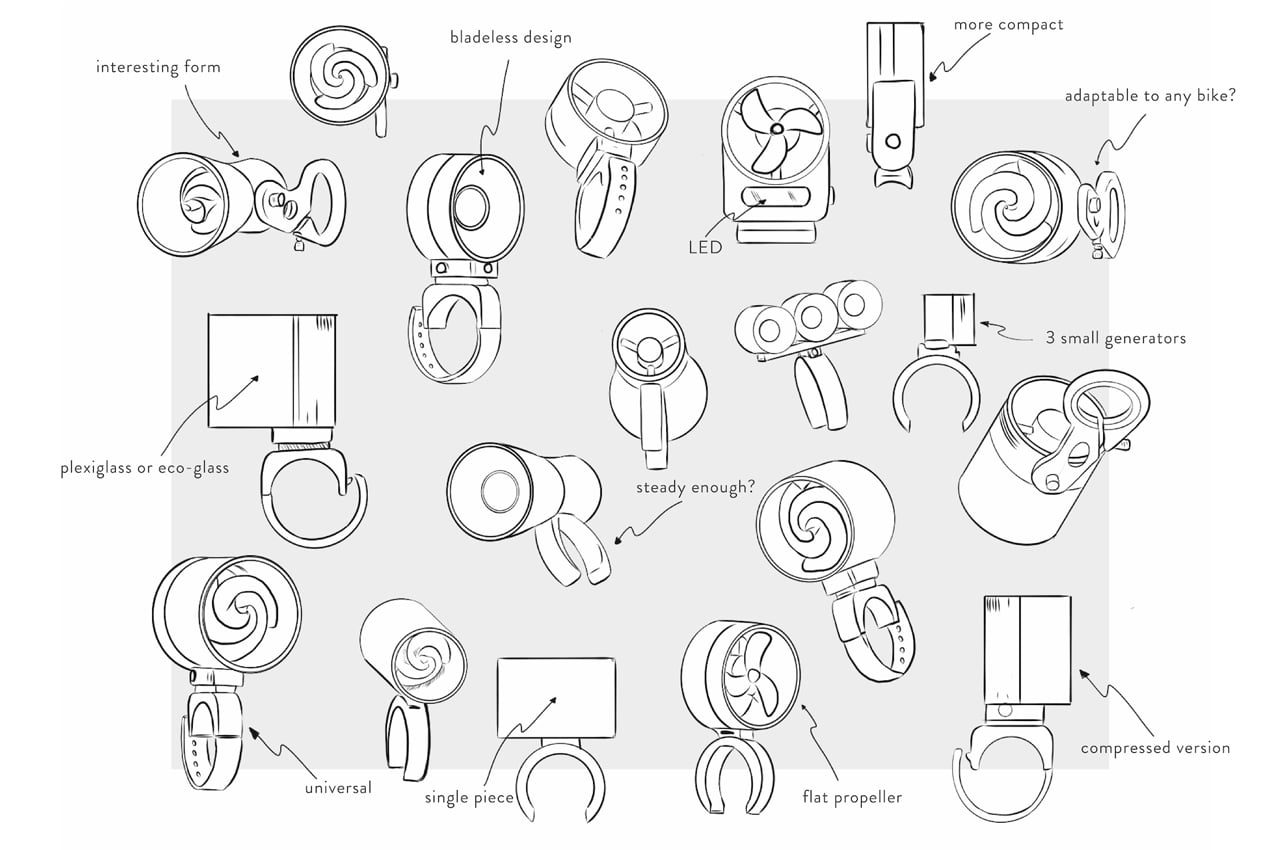
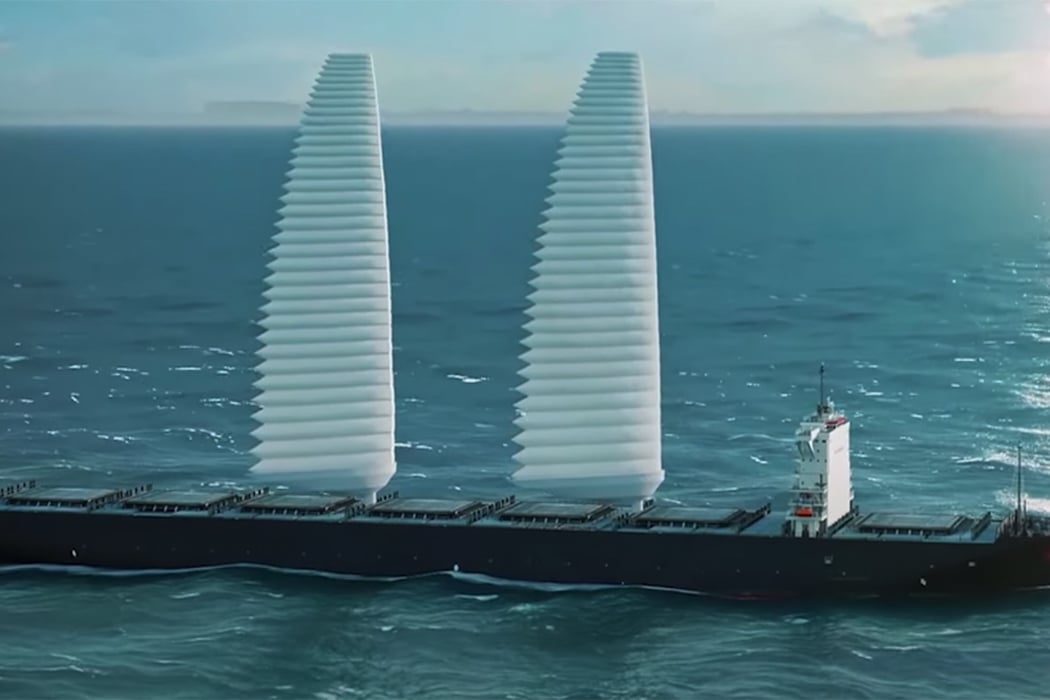
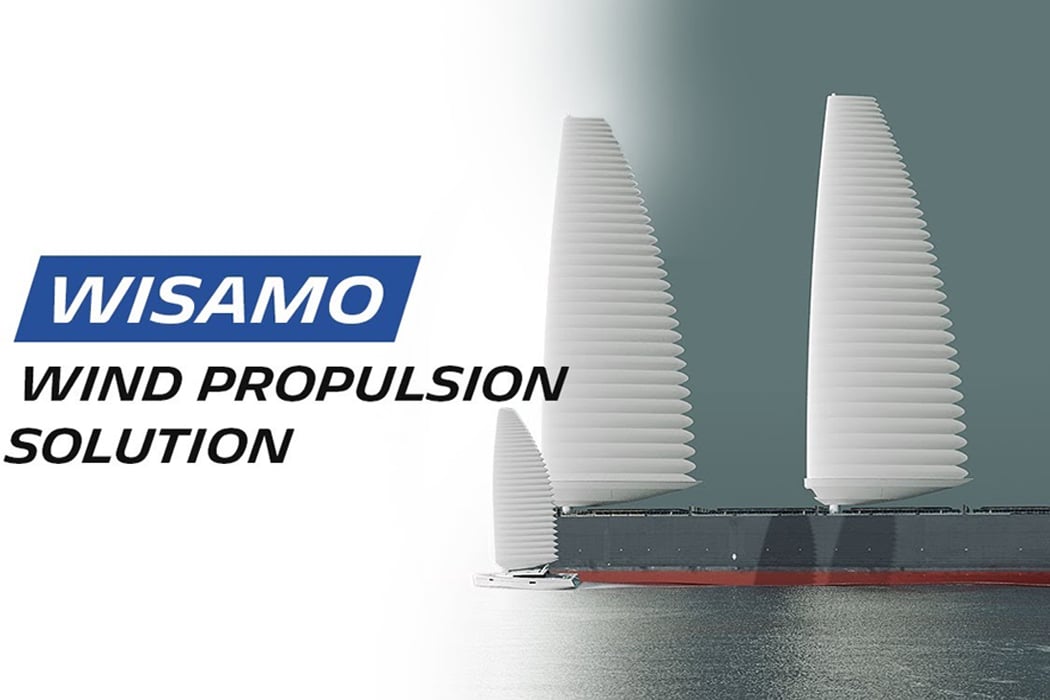
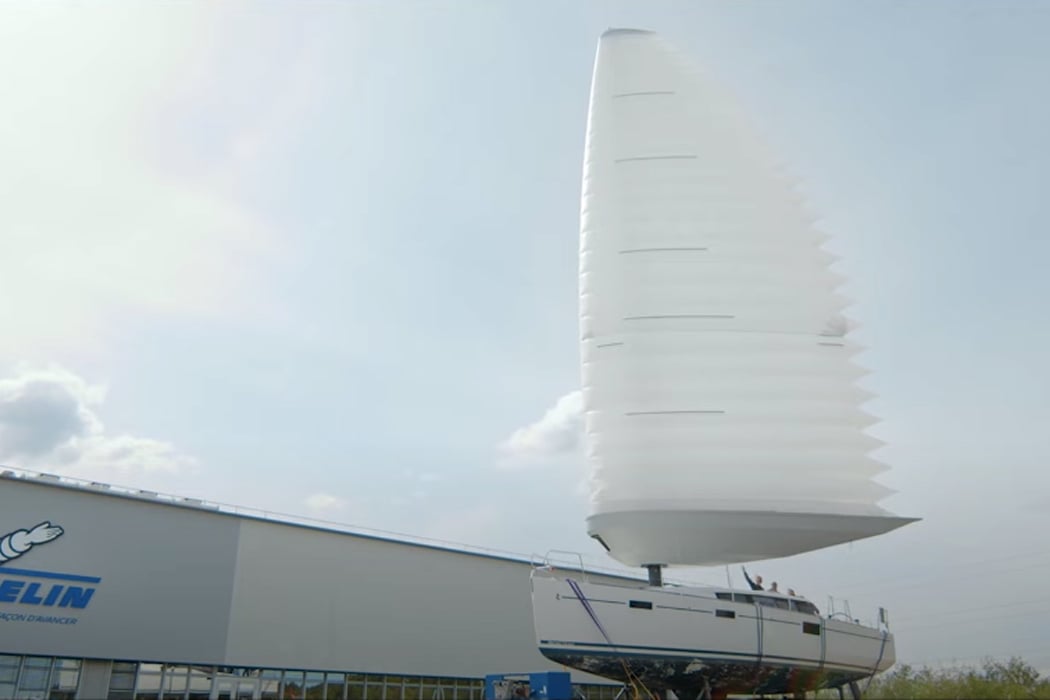
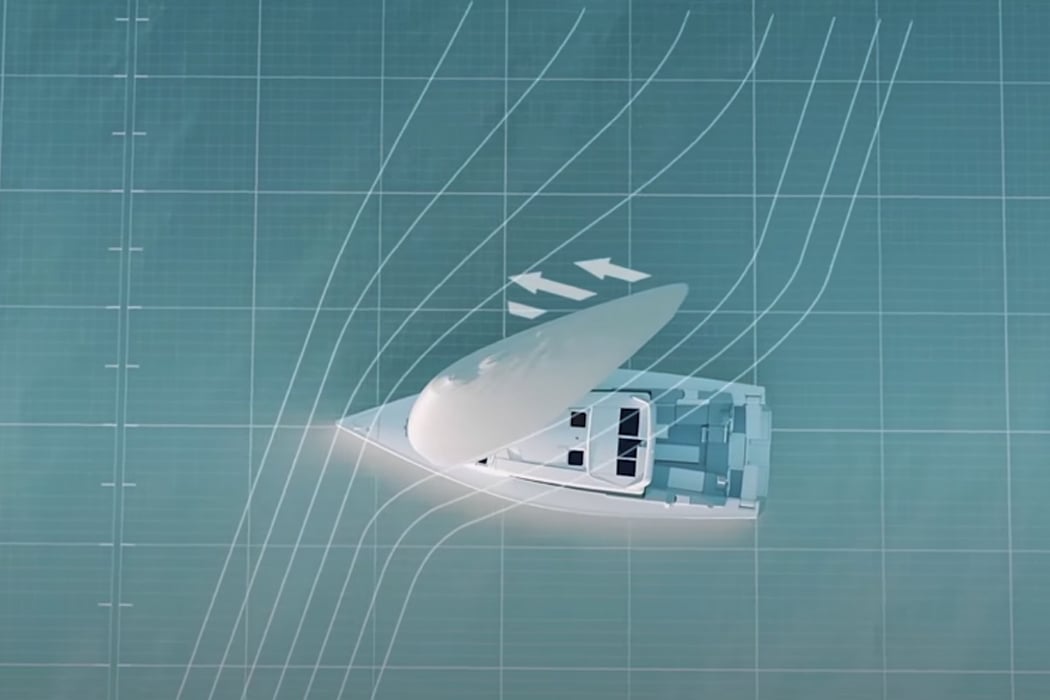
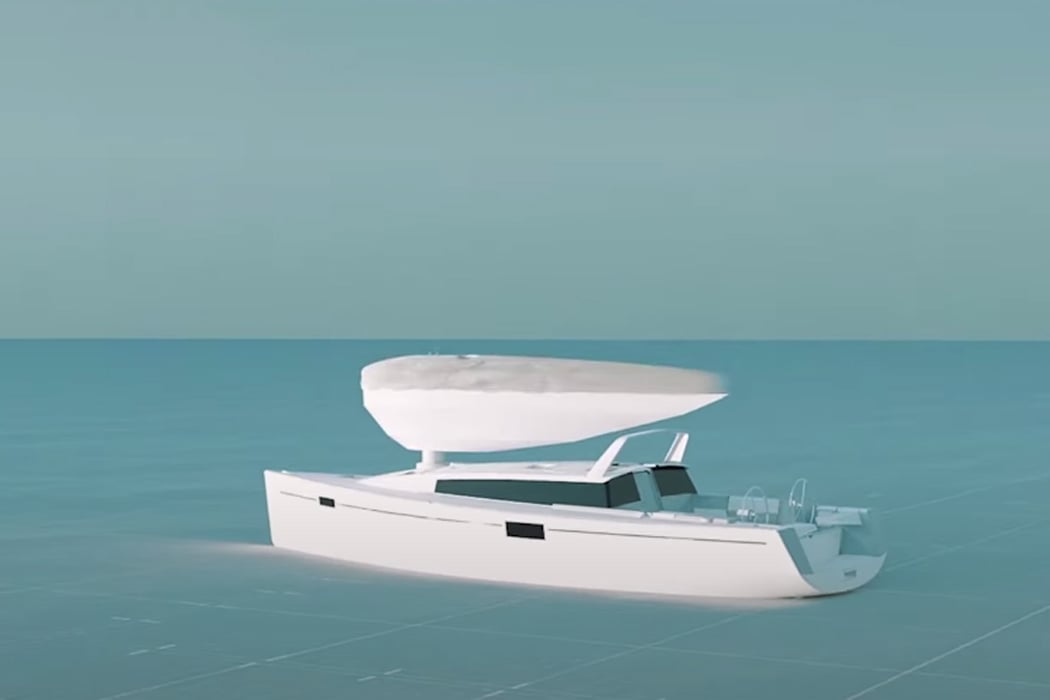
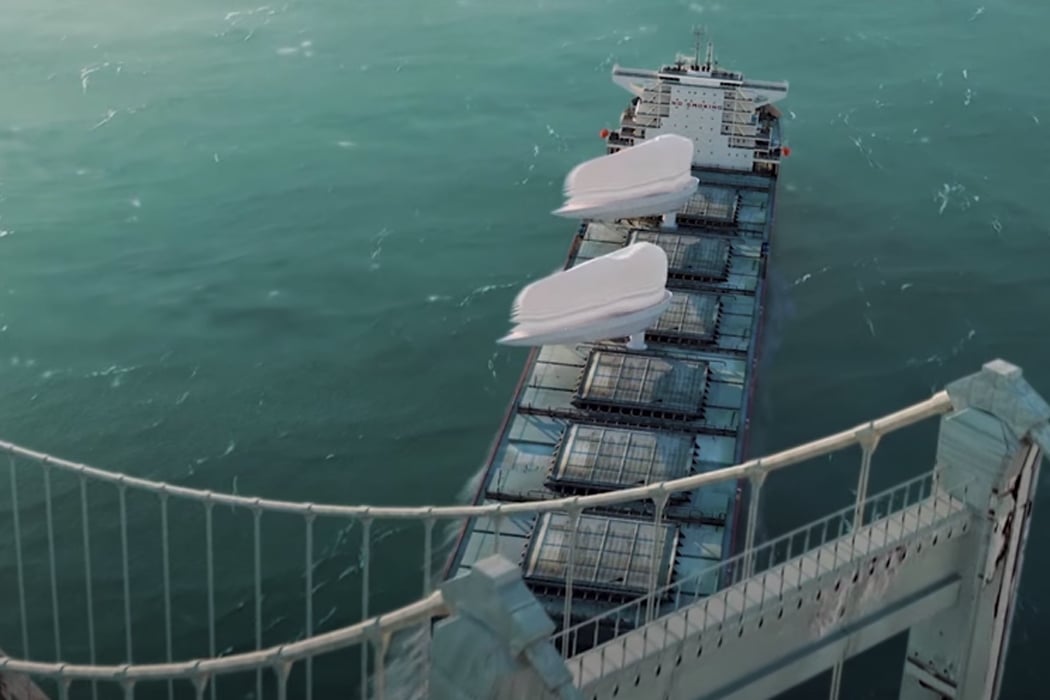
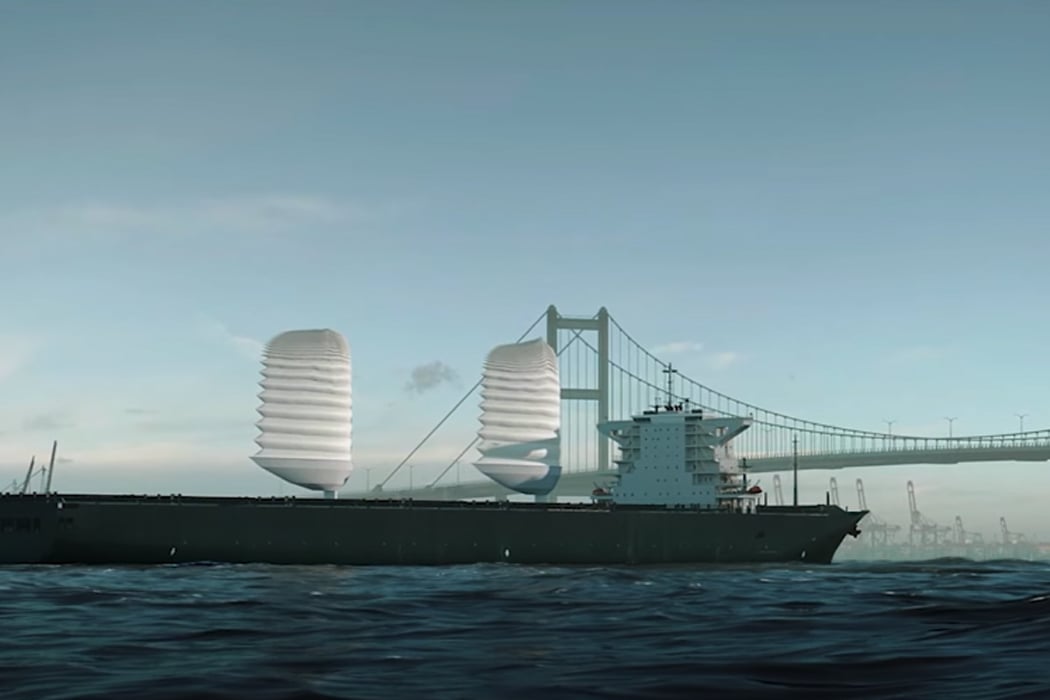
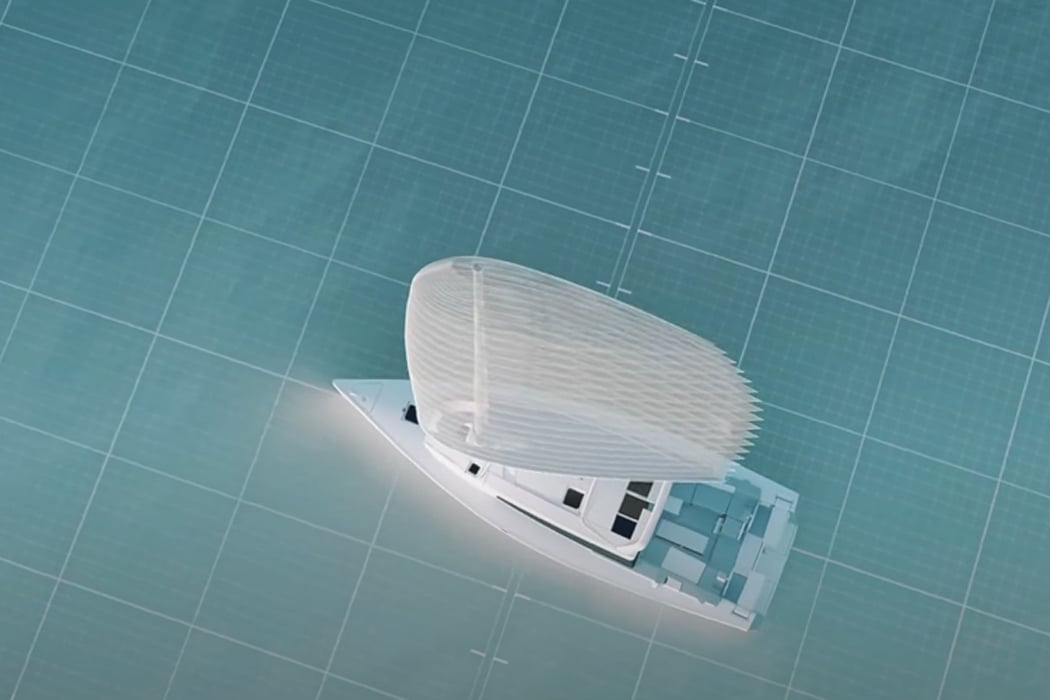
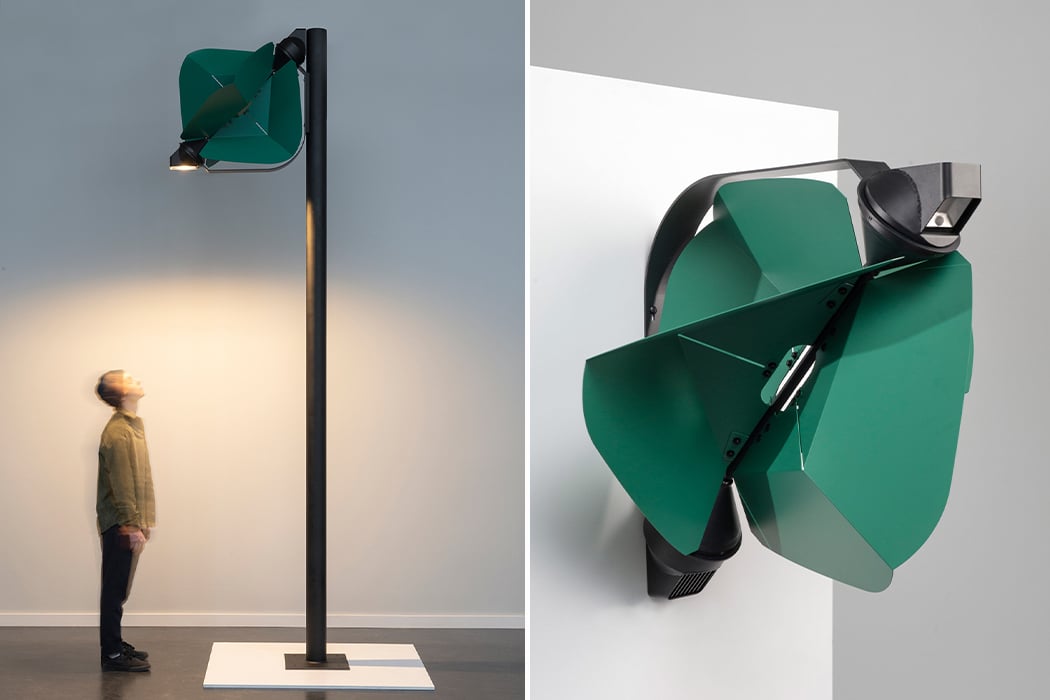
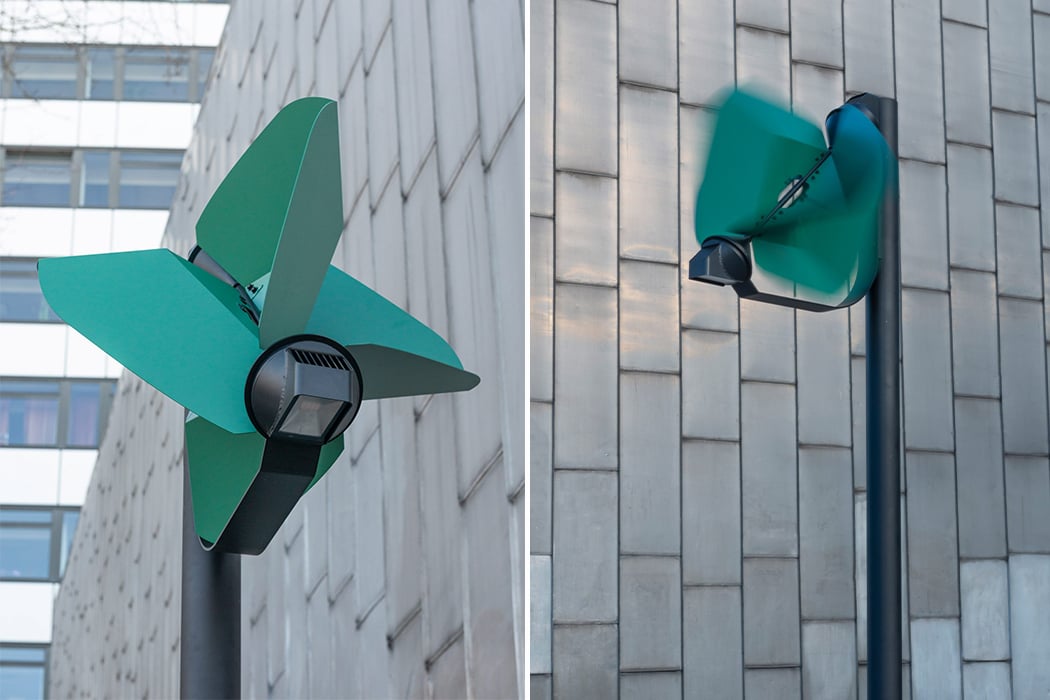
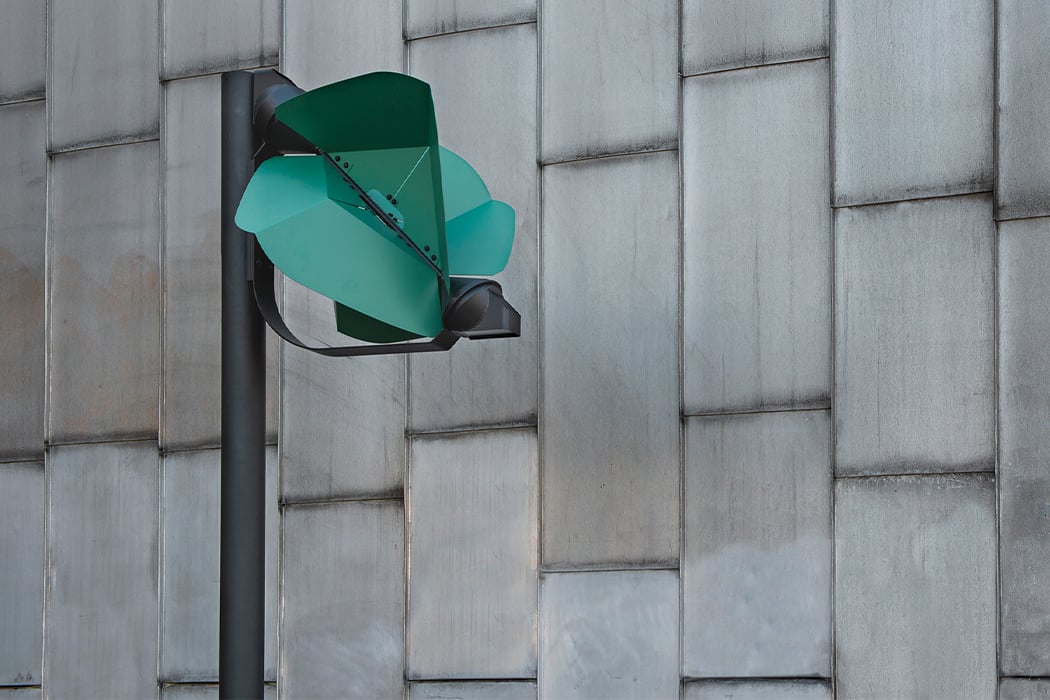
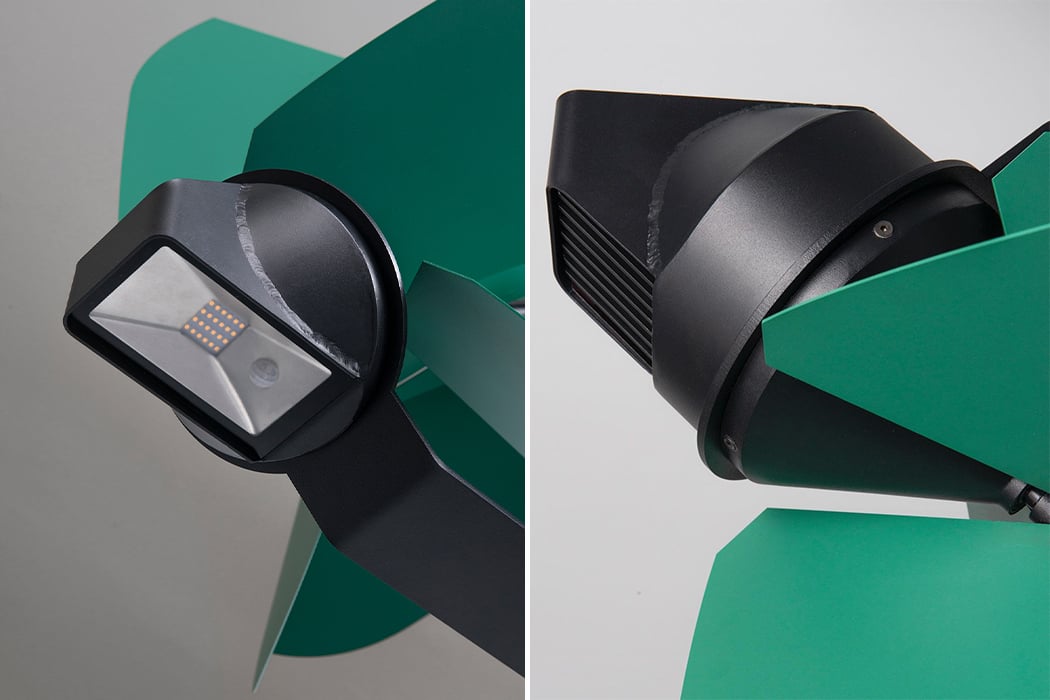
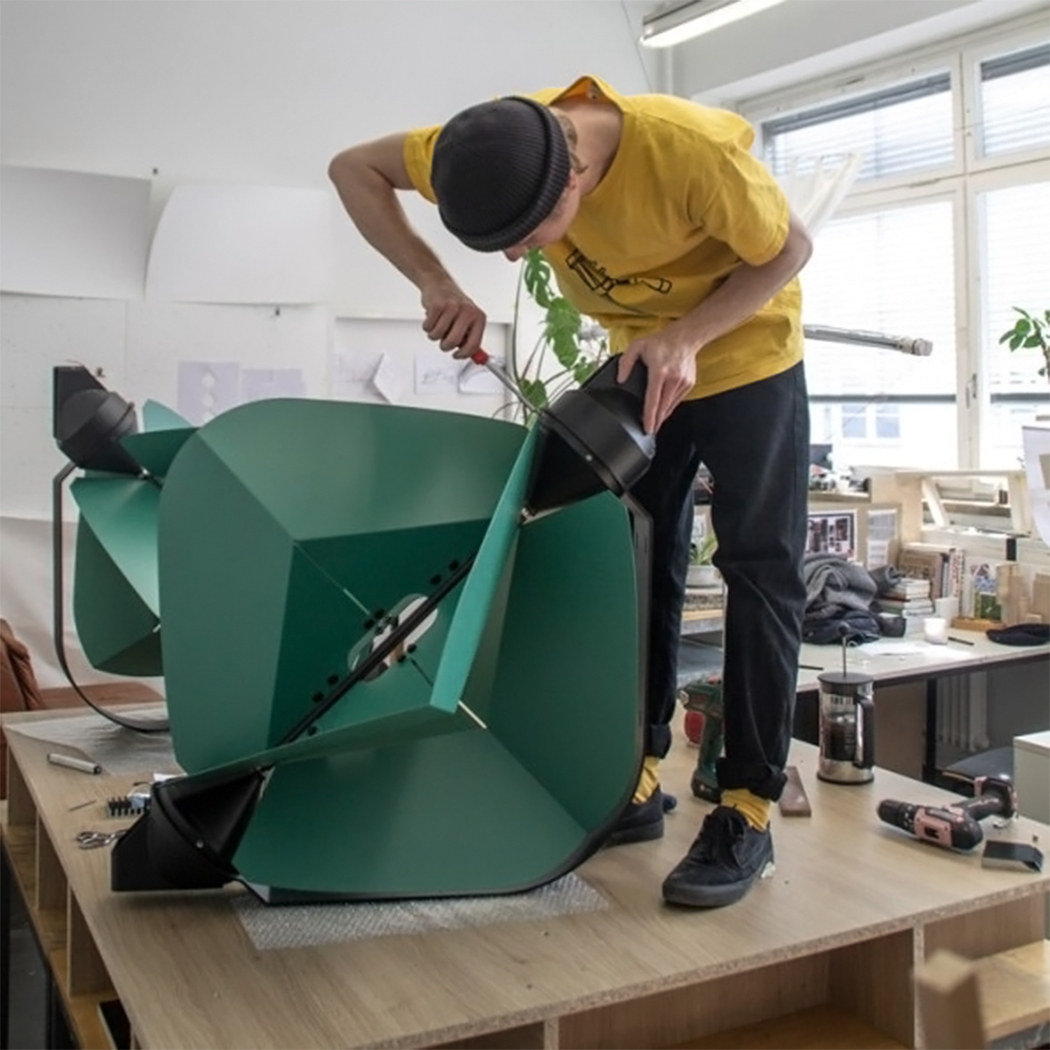
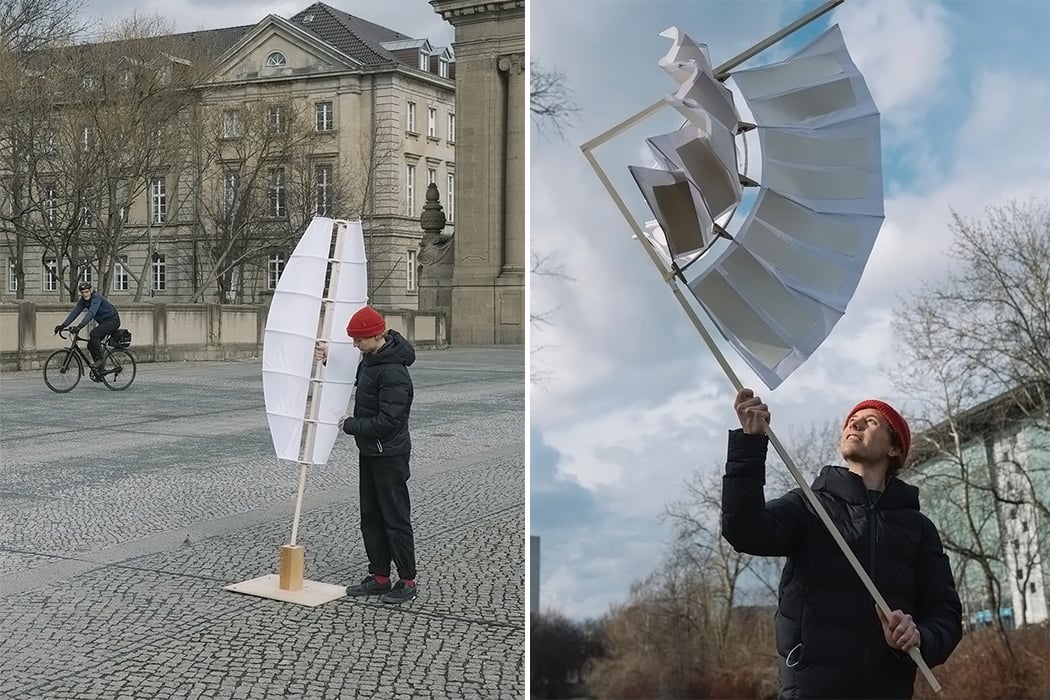
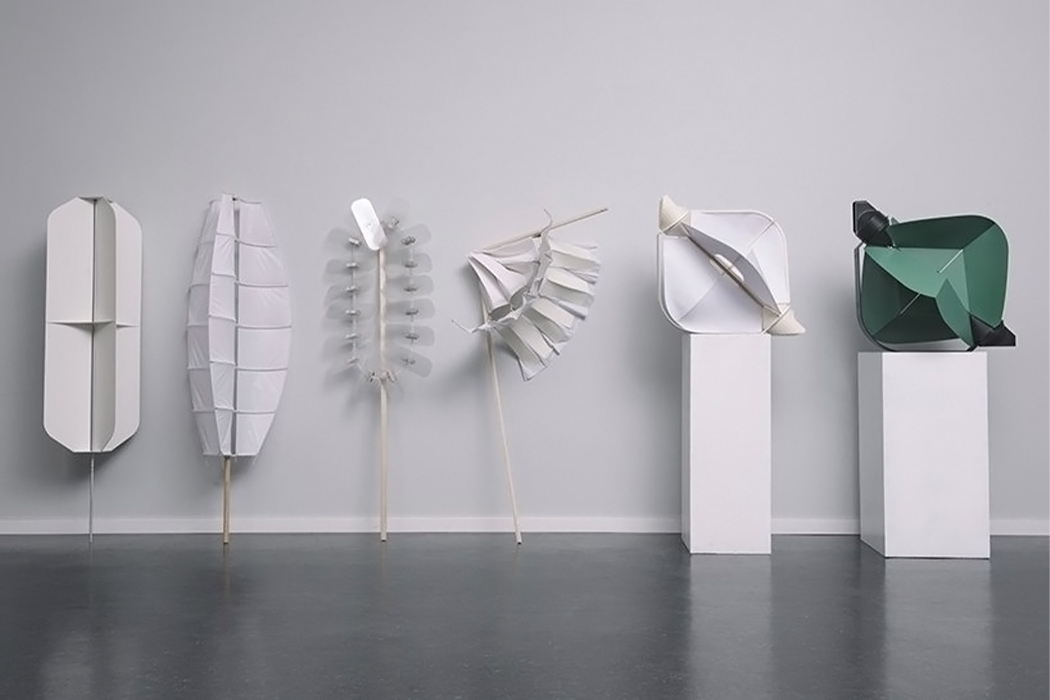
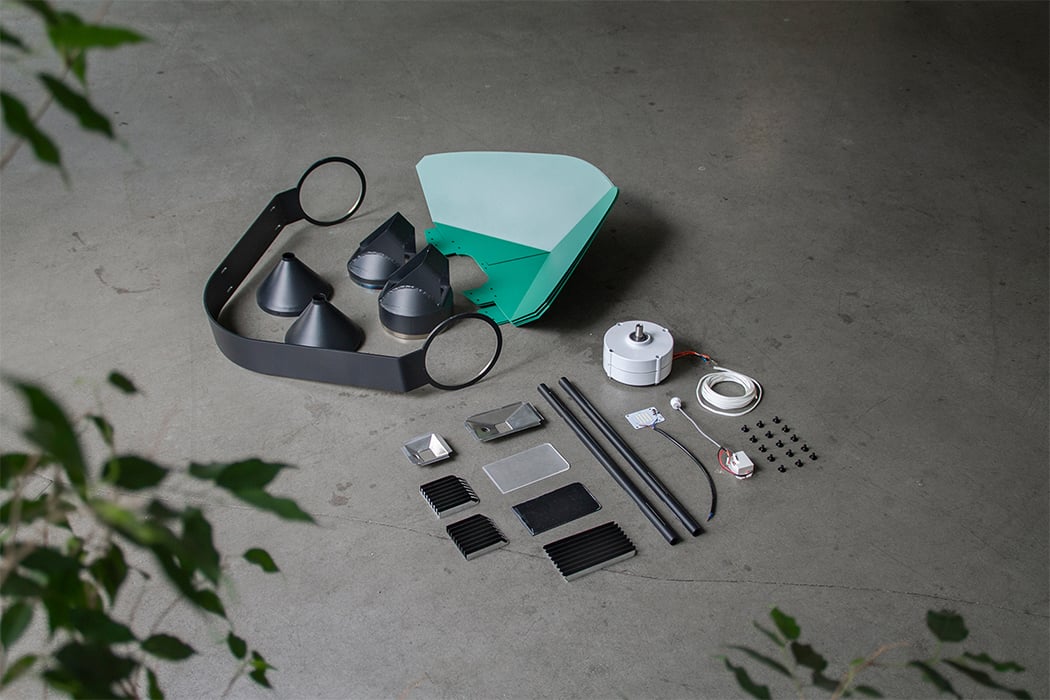
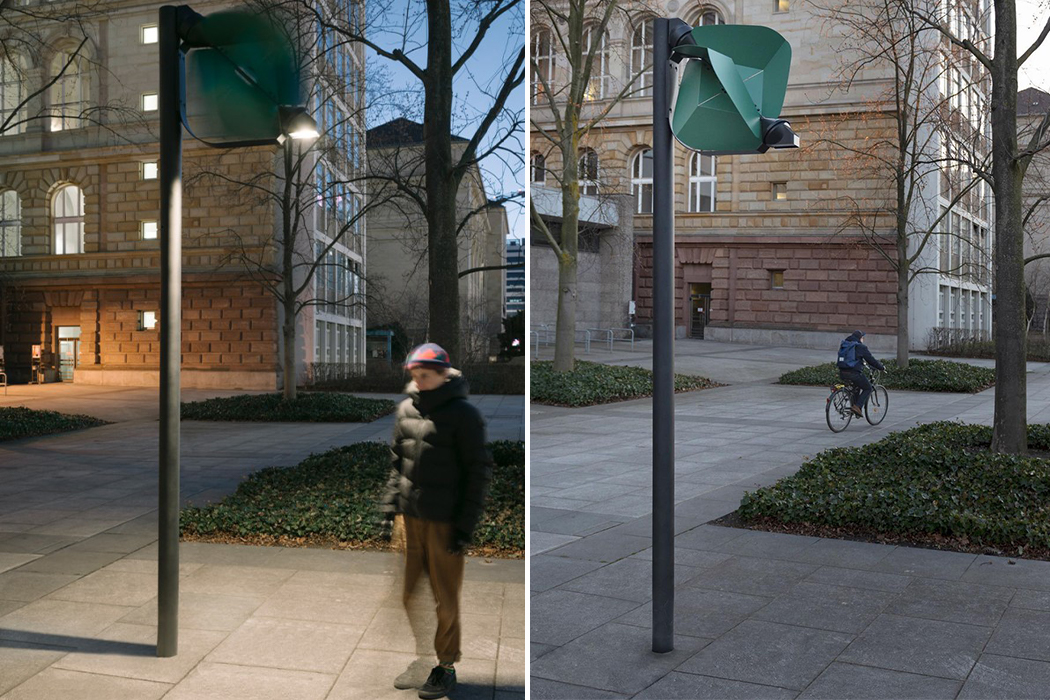
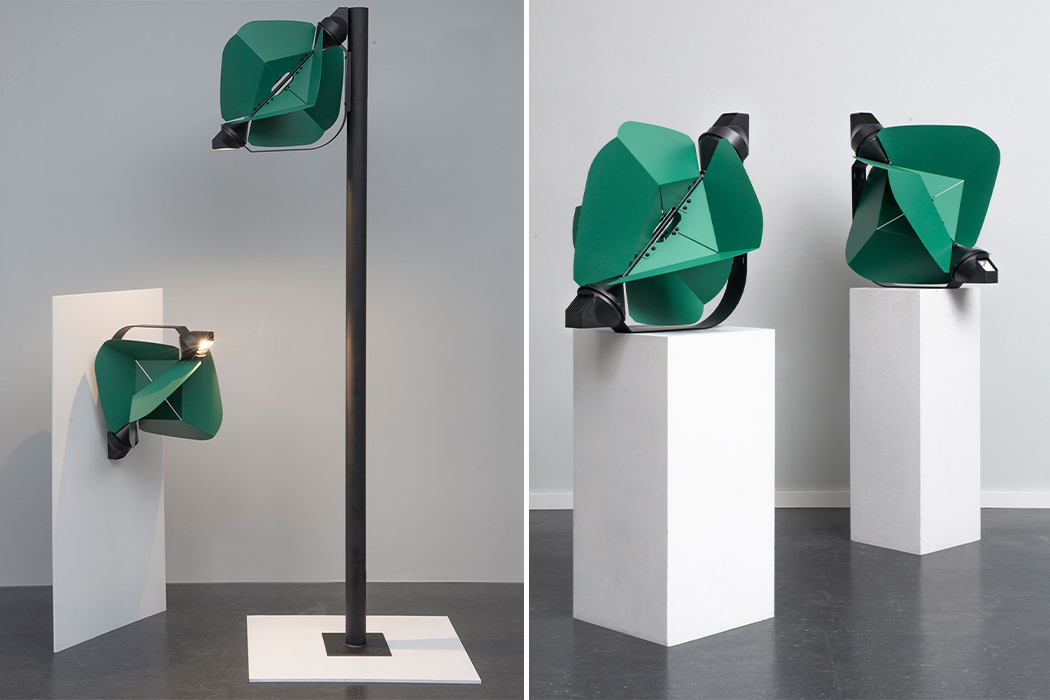
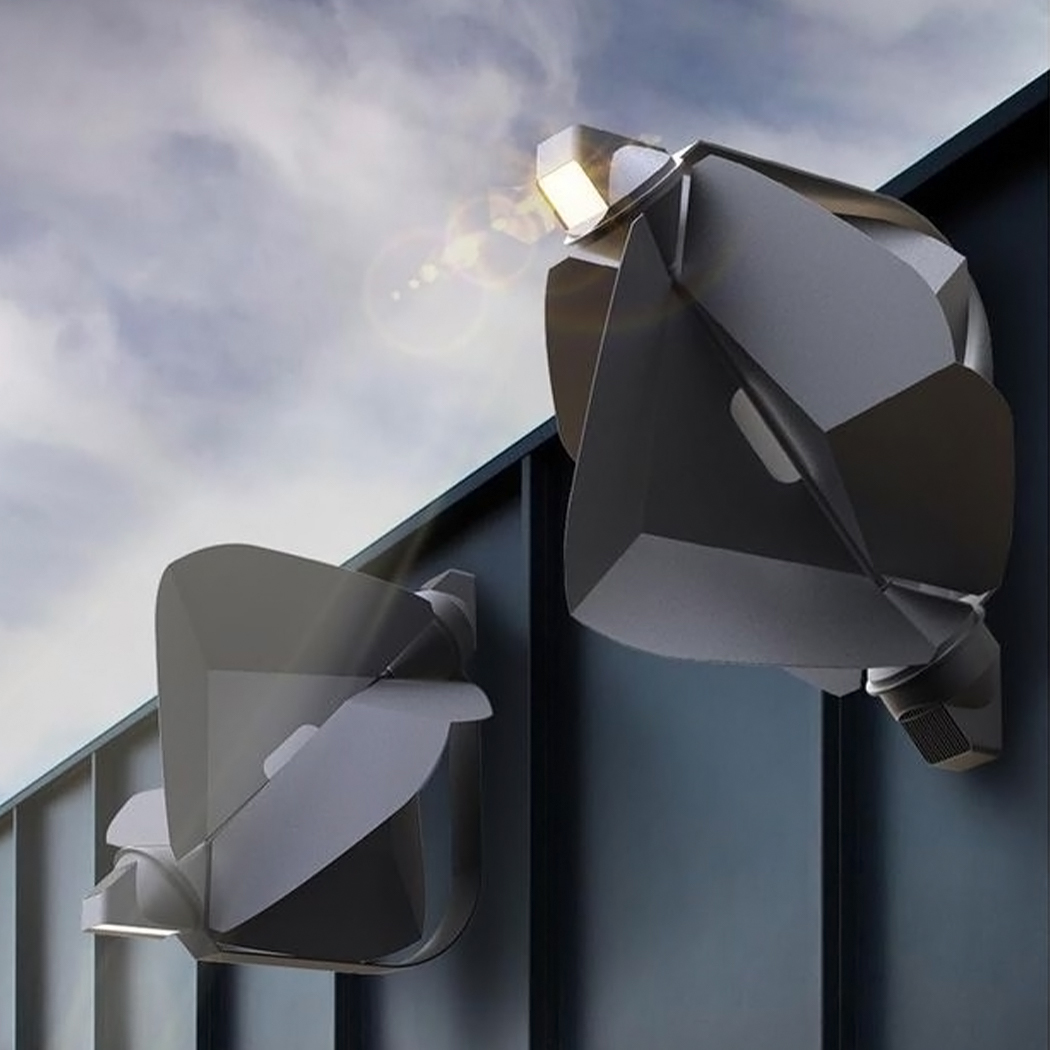
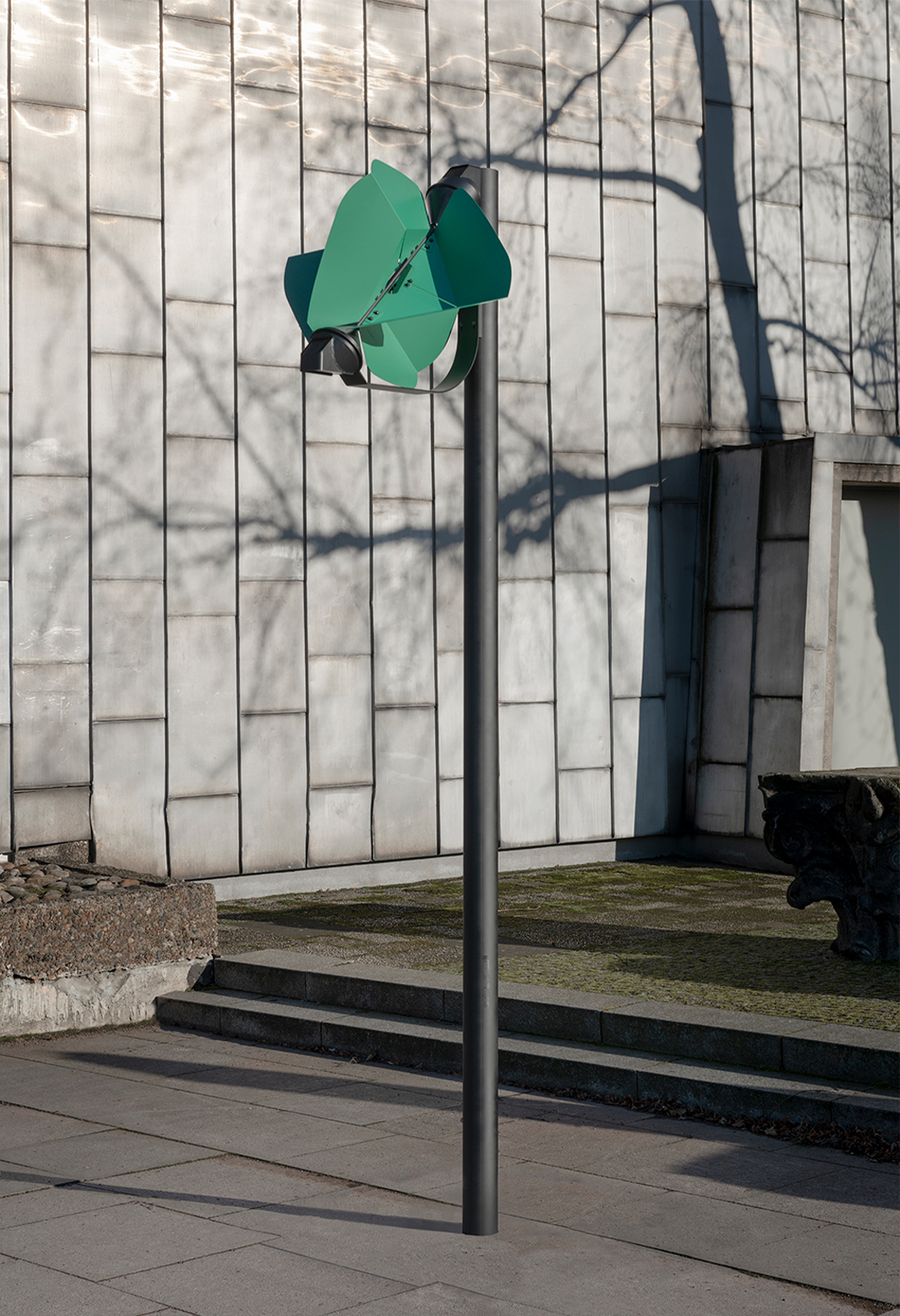
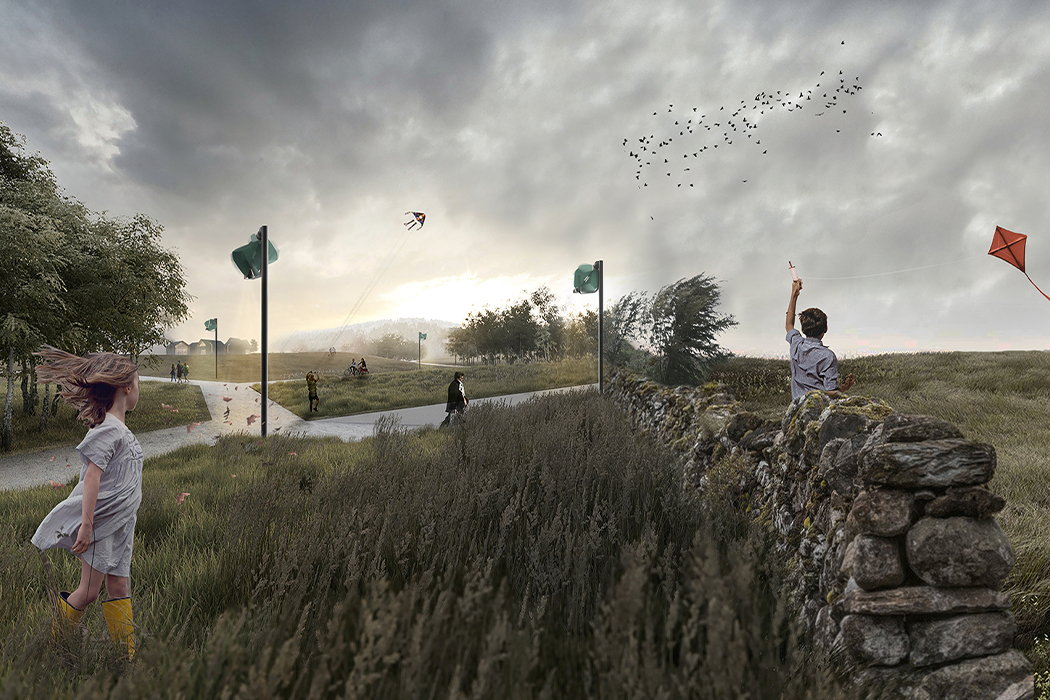
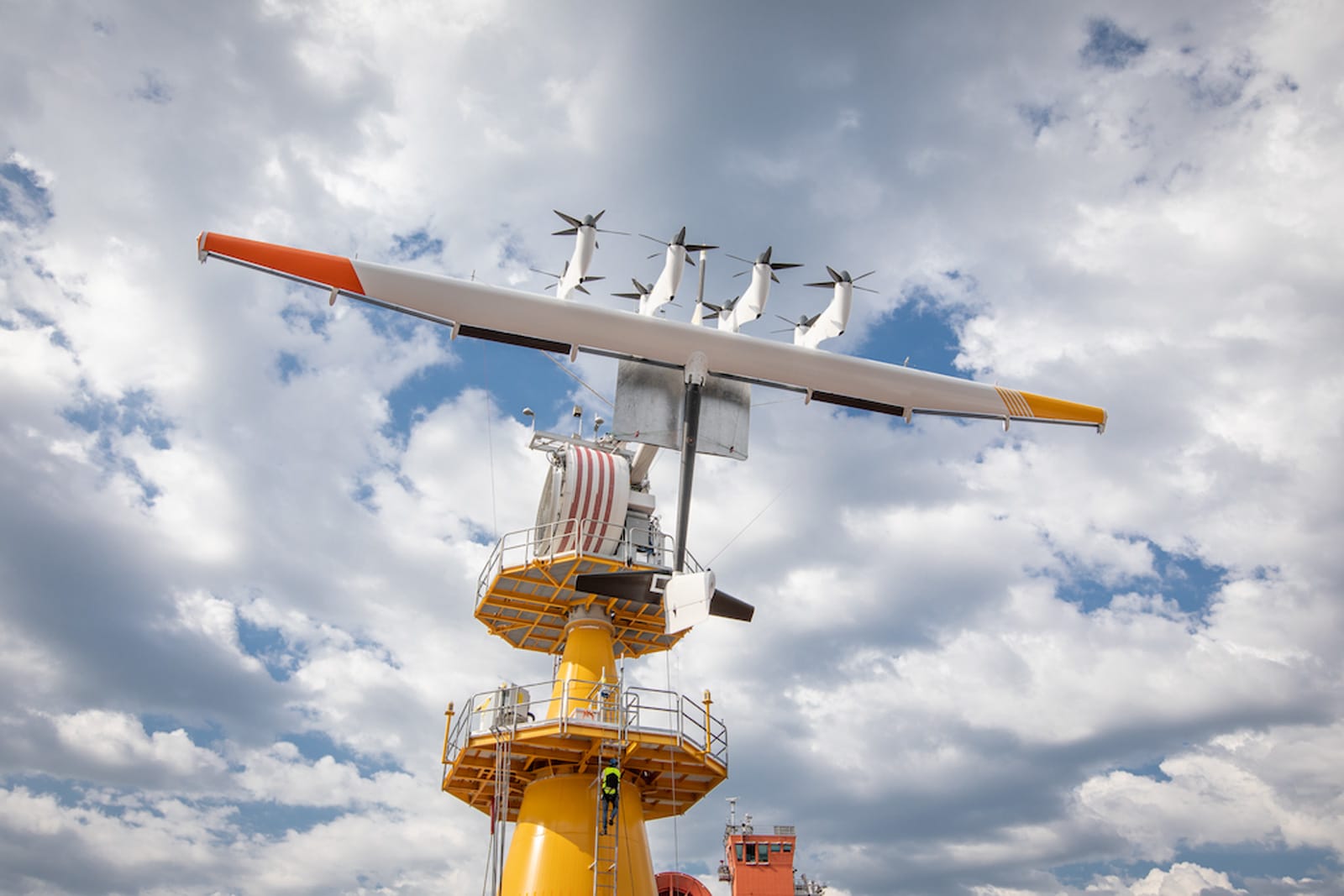 Alphabet's years-long involvement with energy-making kites is no more. The Google parent is ending its work on Makani's wind power technology, with X's Moonshot lead Astro Teller warning that the path to a viable business was "much longer and riskie...
Alphabet's years-long involvement with energy-making kites is no more. The Google parent is ending its work on Makani's wind power technology, with X's Moonshot lead Astro Teller warning that the path to a viable business was "much longer and riskie...
 The UK generated more power from renewable sources than from fossil fuels in the third quarter of 2019. This is the first time that's happened since the UK opened its first public electricity-generating station in 1882. The findings, revealed in an a...
The UK generated more power from renewable sources than from fossil fuels in the third quarter of 2019. This is the first time that's happened since the UK opened its first public electricity-generating station in 1882. The findings, revealed in an a...
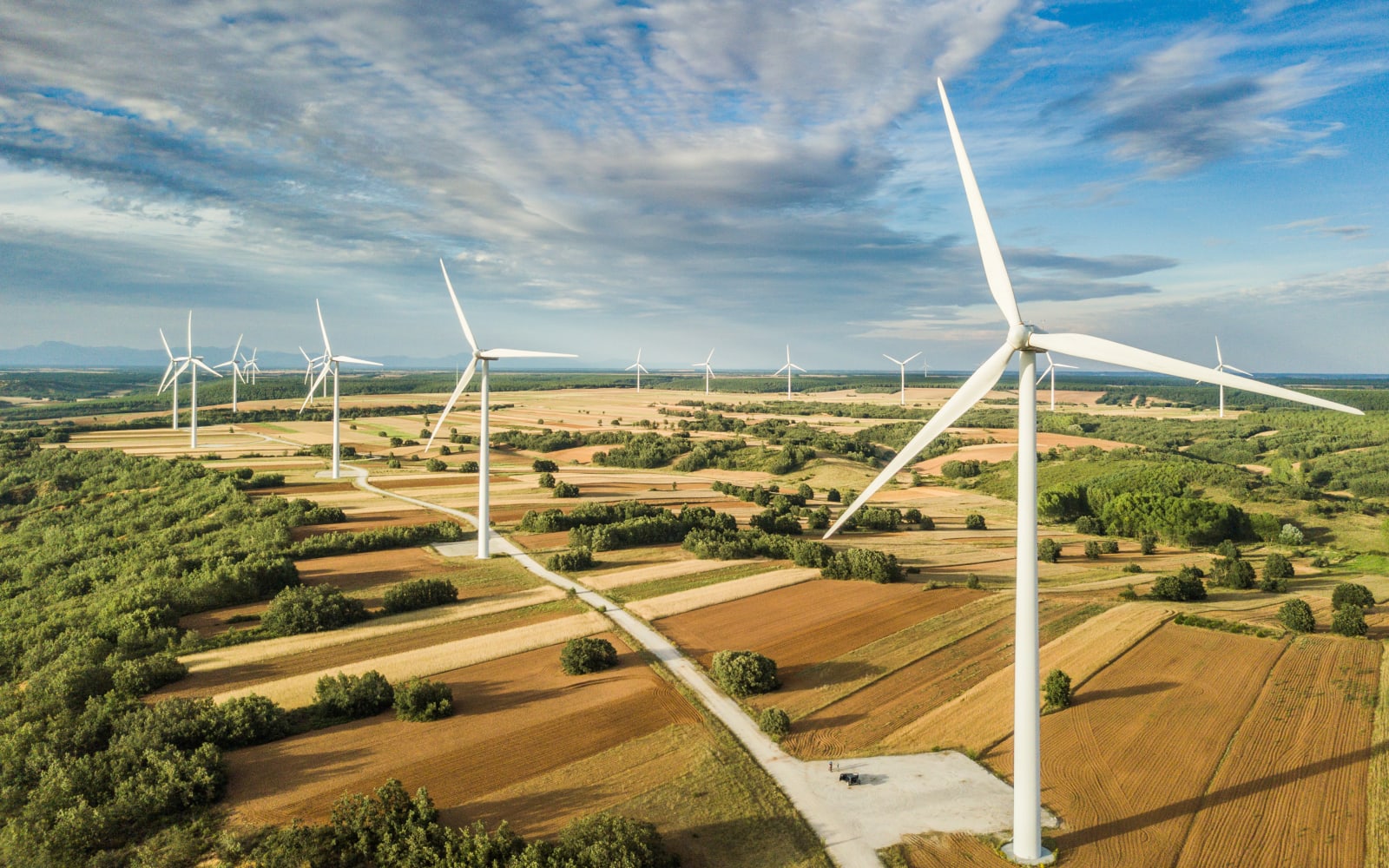 Honda plans to cover 60 percent of the electricity used at its North American manufacturing plants with renewable energy. Beginning next fall, Honda will purchase 530,000 MWh per year from the Boiling Spring Wind Farm in Oklahoma. In fall 2021, it wi...
Honda plans to cover 60 percent of the electricity used at its North American manufacturing plants with renewable energy. Beginning next fall, Honda will purchase 530,000 MWh per year from the Boiling Spring Wind Farm in Oklahoma. In fall 2021, it wi...